Table of Contents
Introduction
Back with yet another article on WHY certain stones are linked to certain months and this time, we’ve got OPAL, the ultimate beauty on our table. (Sounds like we are performing a surgery, are we?)
Opal isn’t just one of the most visually captivating gemstones—it also carries deep symbolic significance, especially for those born in October. Known for its mesmerizing play-of-color, opal has been celebrated for centuries across cultures. But why is opal gemstones specifically tied to October?
So my lovely people of culture (yeah ik you guys are amazing), let’s dive into the legend, lore, and logic that made this color-dancing beauty the crown jewel of October.
The History of Birthstones: How It All Started
The concept of birthstones can be traced back to ancient civilizations, especially the biblical Breastplate of Aaron, which featured twelve gemstones representing the twelve tribes of Israel. Over centuries, these stones began to be linked with zodiac signs, and by the 18th–19th century, they were assigned to calendar months.
It’s just how the tales work. One tale gets passed down from one generation to another, and another, and another, and before you realise…the tale seems to have changed faces. #giving_chinese_whispers
In 1912, the American National Retail Jewelers Association (now Jewelers of America) standardized the modern birthstone list we use today, officially crowning opal as October’s gem.
Why Opal for October?
There are quite a few reasons this ethereal gemstone was assigned to such a moody, transitional month:
1. Autumn Aesthetics
Opals naturally flash with warm reds, fiery oranges, deep greens, and golden blues—colors that mirror October’s fall foliage. It’s as if nature designed opal to echo the season itself.
2. The Balance of Light and Dark
October marks the shift between seasons: from sun to shadow, warmth to chill. Opal’s dual nature(opaque yet glowing, soft yet vivid) embodies that tension. I mean, look at Boulder Opals
3. Symbolism of Transformation
Much like October, opal is associated with change and personal evolution. It’s considered a stone of emotional depth, intuition, and reinvention—ideal for a month of transition.

Cultural + Mythical Lore: Opal Through the Ages
- Ancient Rome: Opal symbolized purity and hope; it was said to contain the power of all other gemstones.
- Arabic Legend: Opals fell from the sky in bolts of lightning, explaining their shimmering hues.
- Middle Ages: Believed to grant invisibility and amplify magical powers.
- Indian Folklore: Opals were a symbol of love, passion, and desire—often exchanged between lovers or newlyweds.

Why Opal Resonates with October-Borns
People born in October (especially Libras and Scorpios) are often described as introspective, aesthetic-driven, emotionally aware, and fiercely individualistic. Opal supports these traits by:
- Inspiring creativity and imagination
- Strengthening emotional expression and authenticity
- Promoting clarity during times of change
- Offering spiritual protection and intuitive insight
Whether you're an artist, a deep thinker, or someone navigating a turning point in life, opal feels like a mirror to your soul.

Let’s Talk Variants: Not All Opals Look Alike
October babies are spoiled for choice (ughh, can’t relate, I am a Nov-born). While most think of the classic white opal, the stone comes in many varieties:
- White Opal: Ethereal, dreamy, soft with pastel flashes
- Black Opal: Rare and fiery with intense contrast
- Boulder Opal: Embedded in ironstone, earthy and wild
- Fire Opal: Vivid red, orange, and yellow hues (often from Mexico)
- Crystal Opal: Transparent with surreal depth of color
- Ethiopian Opal: Bright and hydrophane (absorbs water)

Wait, Isn’t Tourmaline Also an October Birthstone?
Yes! Due to opal’s delicate nature (it contains up to 20% water and can crack under heat), tourmaline was added as a modern birthstone alternative. It comes in every color imaginable and offers more durability.
But that said, many people still lean toward opal for its emotional depth and celestial charm.
A Cultural Throwback: Jewelry for October Royals
In ancient times, opals were prized in the royal courts of India, Persia, and Europe.
- Indian royalty wore opals as amulets of protection and expressions of inner fire.
- British monarchs often commissioned opal-adorned crowns and ceremonial pieces.
From warriors to poets, kings to mystics—opal has never been just an accessory. It has always been a talisman.

Bringing It All Together (and Into the 21st Century)
October is about change, beauty, and mystery—and opal captures all three in a way no other gem can. So the next time someone asks why opal is the October birthstone, you can say:
Because it looks like a galaxy, feels like a dream, and shines like the truth.
Frequently Asked Questions:
Q1. Why is Opal considered the birthstone for October?
Opal is October’s birthstone because it symbolizes hope, creativity, and love, making it a perfect gem for this autumn month.
Q2. What does the Opal birthstone mean for October?
Opal represents harmony, protection, and emotional balance for October-born individuals.
Q3. What color is the October birthstone Opal?
Opals display a rainbow-like play of colors, with white, black, and fire opals being the most popular varieties.
Q4. Are there two birthstones for October?
Yes, October has two birthstones: Opal and Tourmaline, both known for their vibrant colors.
Q5. What are the benefits of wearing Opal as an October birthstone?
Wearing Opal is believed to boost creativity, bring positivity, and strengthen relationships.
Q6. Is Opal a lucky stone for October-born people?
Yes, Opal is considered lucky for October-borns, attracting love, happiness, and good fortune.
Q7. Can anyone wear the October birthstone Opal?
Yes, anyone can wear Opal, but it holds special meaning and power for those born in October
Visited 452 No. of Time(s), 12 Visit(s) Today
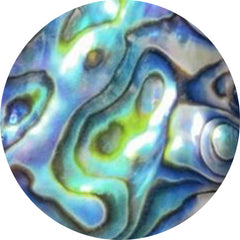 ABALONE SHELL (110)
ABALONE SHELL (110)
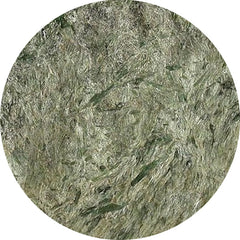 ACTINOLITE (4)
ACTINOLITE (4)
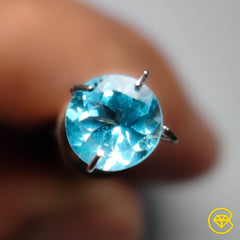 Affordable Gemstones (17466)
Affordable Gemstones (17466)
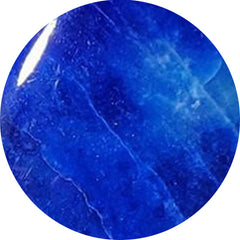 AFGHANITE (10)
AFGHANITE (10)
 AGATE (2613)
AGATE (2613)
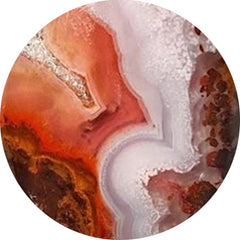 AGUA NUEVA (11)
AGUA NUEVA (11)
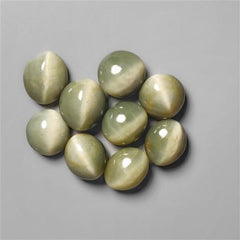 All Gemstones (4)
All Gemstones (4)
 AMAZONITE (187)
AMAZONITE (187)
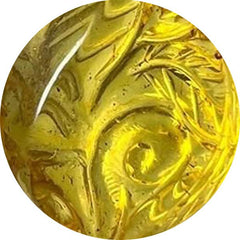 AMBER (136)
AMBER (136)
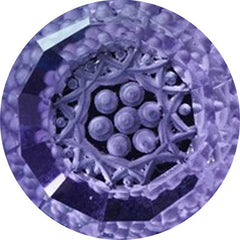 Amethyst (558)
Amethyst (558)
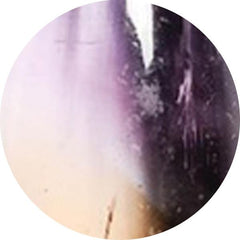 AMETRINE (0)
AMETRINE (0)
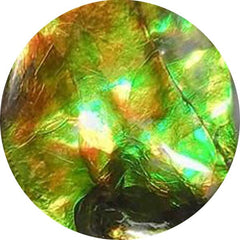 AMMOLITE (24)
AMMOLITE (24)
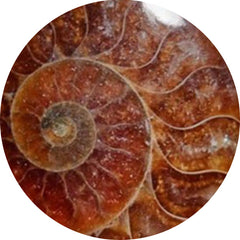 AMMONITE (84)
AMMONITE (84)
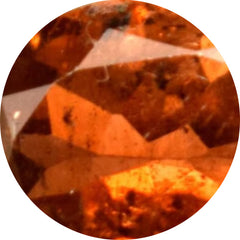 ANDALUSITE (1)
ANDALUSITE (1)
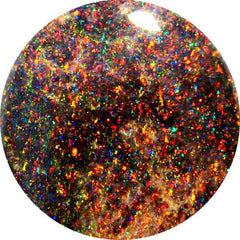 ANDAMOOKA OPAL (0)
ANDAMOOKA OPAL (0)
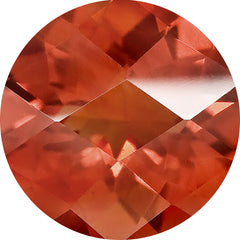 ANDESINE (1)
ANDESINE (1)
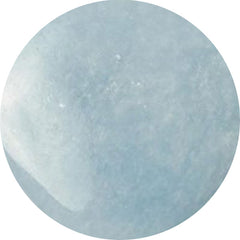 ANGELITE (32)
ANGELITE (32)
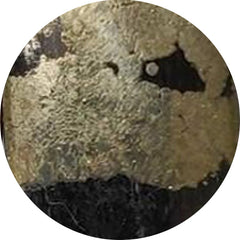 APACHE GOLD (24)
APACHE GOLD (24)
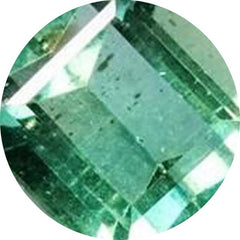 APATITE (127)
APATITE (127)
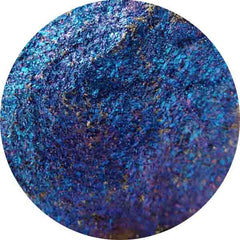 APOPHYLLITE (1)
APOPHYLLITE (1)
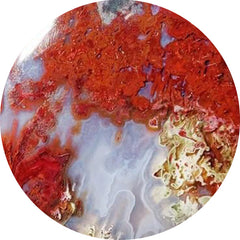 APPLE VALLEY AGATE (0)
APPLE VALLEY AGATE (0)
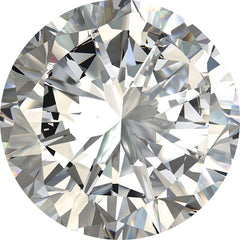 APRIL BIRTHSTONE (42)
APRIL BIRTHSTONE (42)
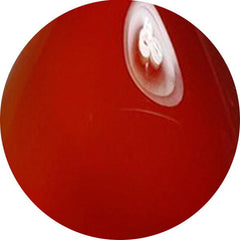 AQEEQ (0)
AQEEQ (0)
 AQUA CHALCEDONY (24)
AQUA CHALCEDONY (24)
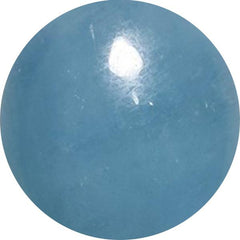 AQUAMARINE (103)
AQUAMARINE (103)
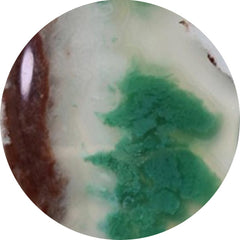 AQUAPRASE (63)
AQUAPRASE (63)
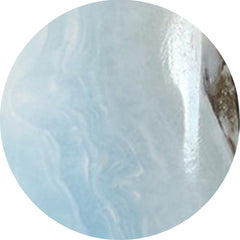 ARAGONITE (2)
ARAGONITE (2)
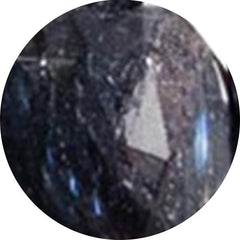 ARFVEDSONITE (12)
ARFVEDSONITE (12)
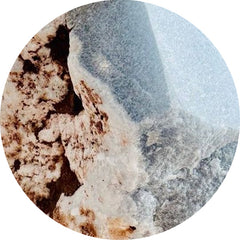 ARISTOLITE (0)
ARISTOLITE (0)
 ARIZONA TURQUOISE (0)
ARIZONA TURQUOISE (0)
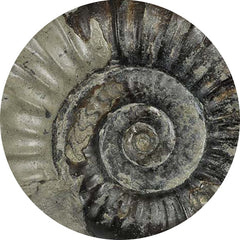 ARNIOCERAS SEMICOSTATUM FOSSIL (0)
ARNIOCERAS SEMICOSTATUM FOSSIL (0)
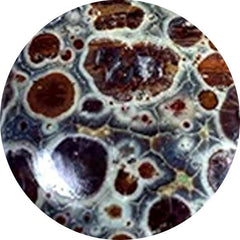 ASTEROID JASPER (11)
ASTEROID JASPER (11)
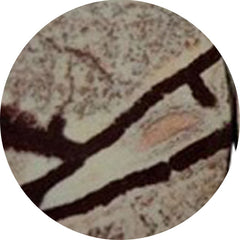 ASTROPHYLLITE (57)
ASTROPHYLLITE (57)
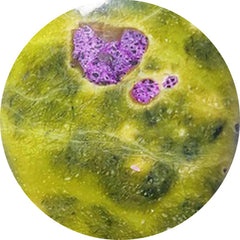 ATLANTASITE (92)
ATLANTASITE (92)
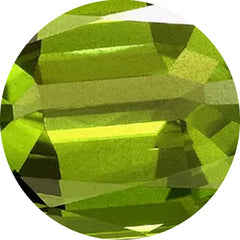 AUGUST BIRTHSTONE (24)
AUGUST BIRTHSTONE (24)
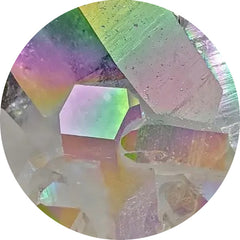 AURA QUARTZ (0)
AURA QUARTZ (0)
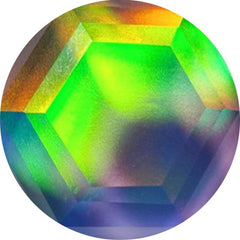 AURORA OPAL (275)
AURORA OPAL (275)
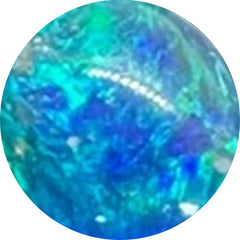 AUSTRALIAN OPAL (7)
AUSTRALIAN OPAL (7)
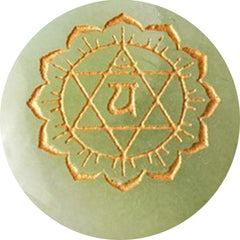 AVENTURINE (70)
AVENTURINE (70)
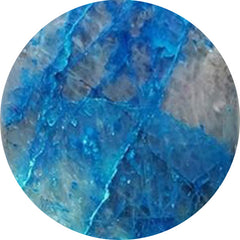 AZURITE (285)
AZURITE (285)
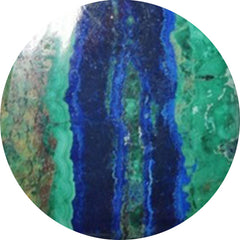 AZURITE MALACHITE (27)
AZURITE MALACHITE (27)
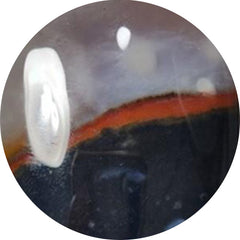 BANDED AGATE (85)
BANDED AGATE (85)
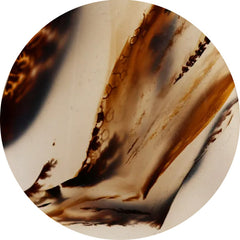 BARBER AGATE (0)
BARBER AGATE (0)
 BARITE (13)
BARITE (13)
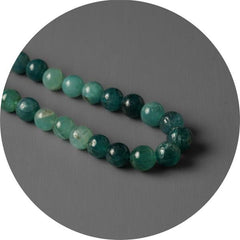 Beads (56)
Beads (56)
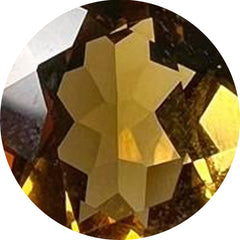 BEER QUARTZ (24)
BEER QUARTZ (24)
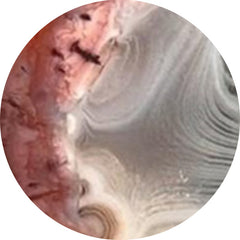 BERBER AGATE (5)
BERBER AGATE (5)
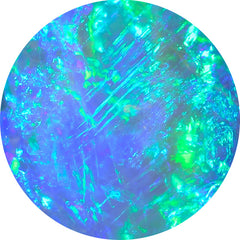 Best Seller (0)
Best Seller (0)
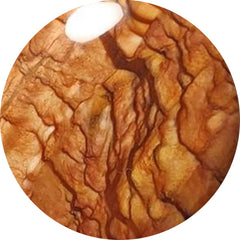 BIGGS JASPER (34)
BIGGS JASPER (34)
 Bird Carving (91)
Bird Carving (91)
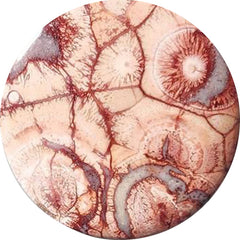 BIRD EYE JASPER (50)
BIRD EYE JASPER (50)
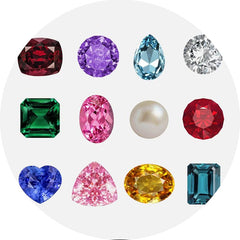 Birthstones (0)
Birthstones (0)
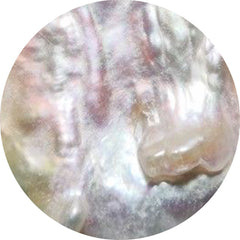 BIWA PEARL (37)
BIWA PEARL (37)
 Black Gemstones (957)
Black Gemstones (957)
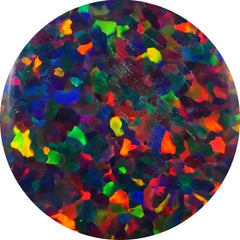 BLACK OPAL (35)
BLACK OPAL (35)
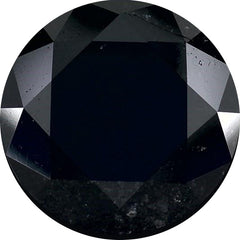 BLACK SPINEL (23)
BLACK SPINEL (23)
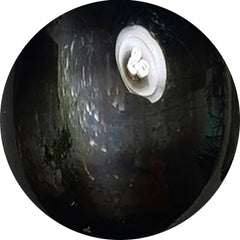 BLACK STAR (32)
BLACK STAR (32)
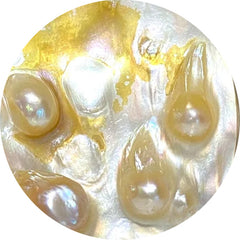 BLISTER PEARL (32)
BLISTER PEARL (32)
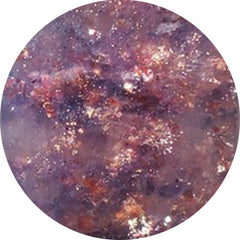 BLOODSHOT IOLITE (77)
BLOODSHOT IOLITE (77)
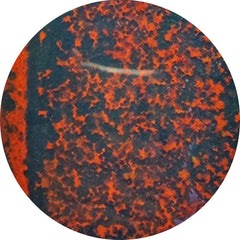 BLOODSTONE (71)
BLOODSTONE (71)
 BLUE CHALCEDONY (44)
BLUE CHALCEDONY (44)
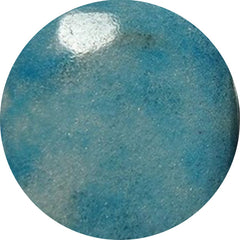 BLUE DIOPSIDE (0)
BLUE DIOPSIDE (0)
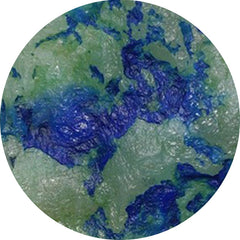 BLUE HORIZON (15)
BLUE HORIZON (15)
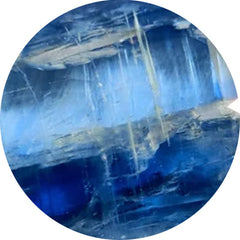 BLUE KYANITE (41)
BLUE KYANITE (41)
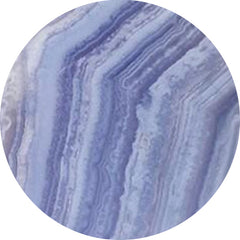 BLUE LACE AGATE (266)
BLUE LACE AGATE (266)
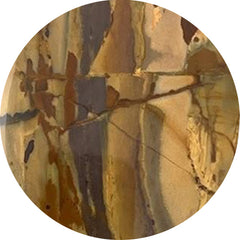 BLUE MOUNTAIN JASPER (0)
BLUE MOUNTAIN JASPER (0)
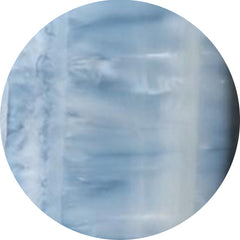 BLUE OPAL (169)
BLUE OPAL (169)
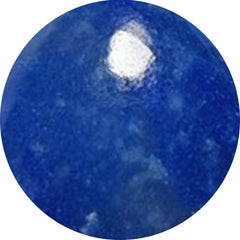 BLUE QUARTZ (40)
BLUE QUARTZ (40)
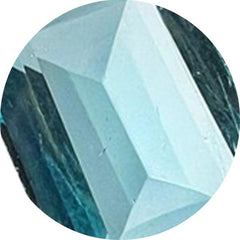 BLUE TOPAZ (65)
BLUE TOPAZ (65)
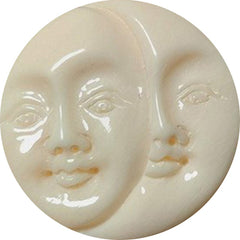 BONE (24)
BONE (24)
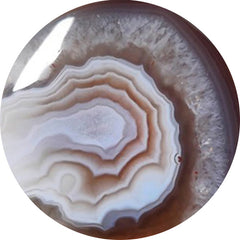 BOTSWANA AGATE (251)
BOTSWANA AGATE (251)
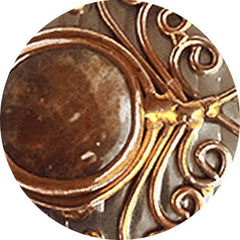 BRONZE (0)
BRONZE (0)
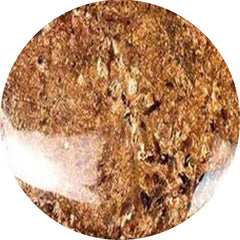 BRONZITE (2)
BRONZITE (2)
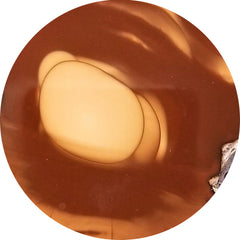 BRUNEAU JASPER (15)
BRUNEAU JASPER (15)
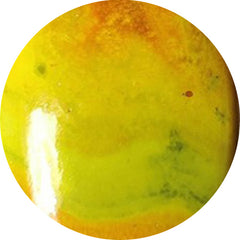 BUMBLE BEE JASPER (211)
BUMBLE BEE JASPER (211)
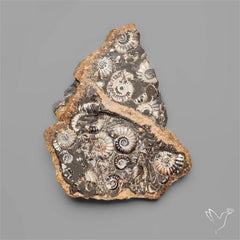 Buy Gemstones In USA (583)
Buy Gemstones In USA (583)
 Cabochon (0)
Cabochon (0)
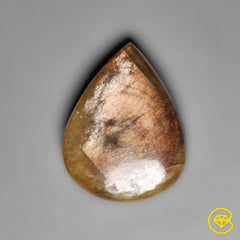 Cabochons (13161)
Cabochons (13161)
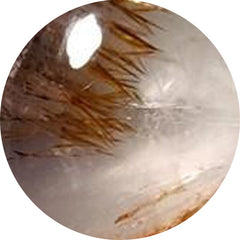 CACOXENITE (67)
CACOXENITE (67)
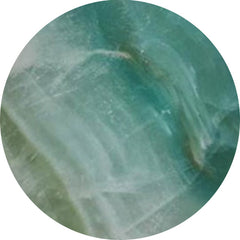 CALCITE (190)
CALCITE (190)
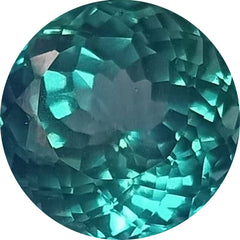 Calibrated (153)
Calibrated (153)
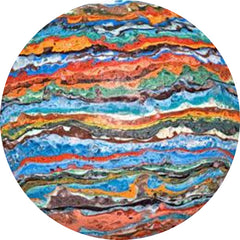 CALSILICA (0)
CALSILICA (0)
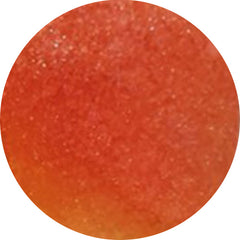 CANDY CORN (6)
CANDY CORN (6)
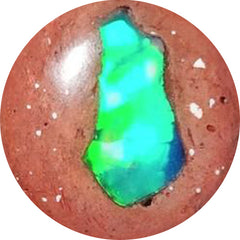 CANTERA OPAL (18)
CANTERA OPAL (18)
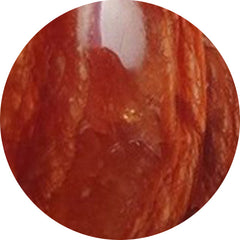 CARAMEL OPAL (3)
CARAMEL OPAL (3)
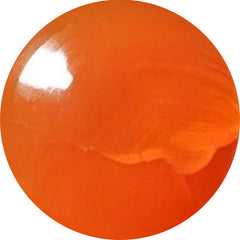 CARNELIAN AGATE (64)
CARNELIAN AGATE (64)
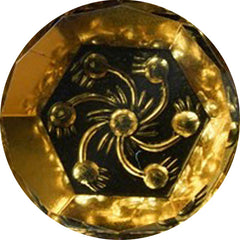 CARVING (1836)
CARVING (1836)
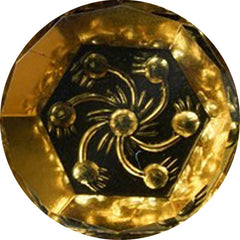 Carvings (2084)
Carvings (2084)
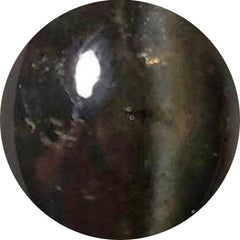 CATS EYE (65)
CATS EYE (65)
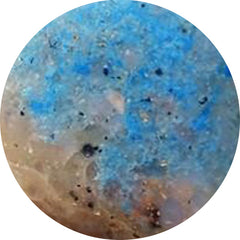 CAVANSITE (16)
CAVANSITE (16)
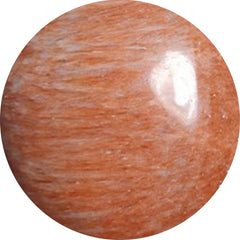 CELESTOBARITE (7)
CELESTOBARITE (7)
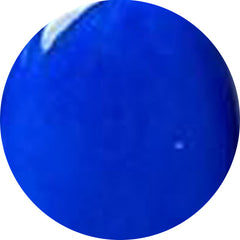 CERULEITE (0)
CERULEITE (0)
 CHAKRA STONE (1)
CHAKRA STONE (1)
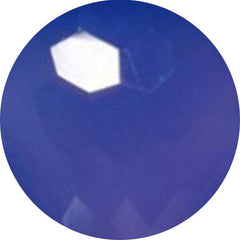 CHALCEDONY (478)
CHALCEDONY (478)
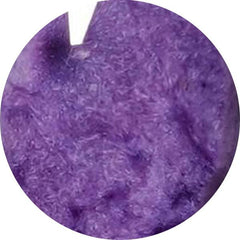 CHAROITE (190)
CHAROITE (190)
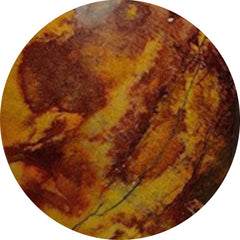 CHERRY CREEK JASPER (10)
CHERRY CREEK JASPER (10)
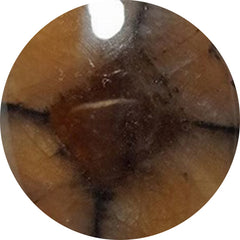 CHIASTOLITE (19)
CHIASTOLITE (19)
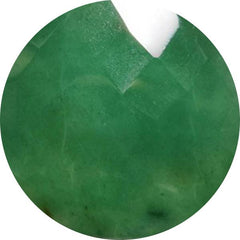 CHROME CHALCEDONY (80)
CHROME CHALCEDONY (80)
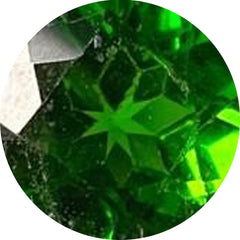 CHROME DIOPSIDE (23)
CHROME DIOPSIDE (23)
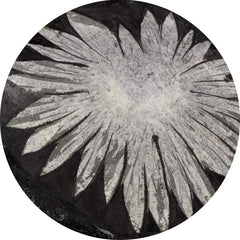 CHRYSANTHEMUM FOSSIL (0)
CHRYSANTHEMUM FOSSIL (0)
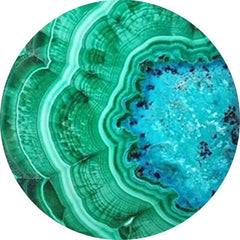 CHRYSOCOLLA (383)
CHRYSOCOLLA (383)
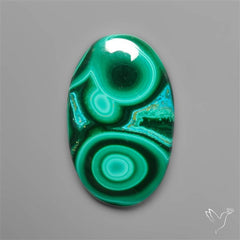 Chrysocolla Malachite (78)
Chrysocolla Malachite (78)
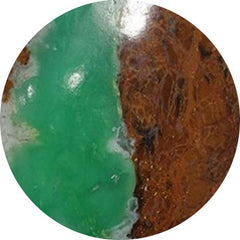 CHRYSOPRASE (286)
CHRYSOPRASE (286)
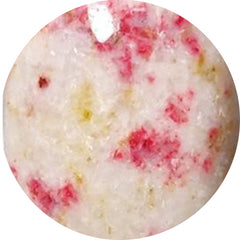 CINNABAR (20)
CINNABAR (20)
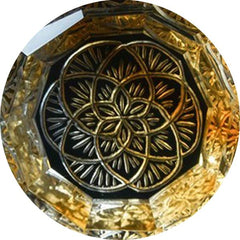 CITRINE (94)
CITRINE (94)
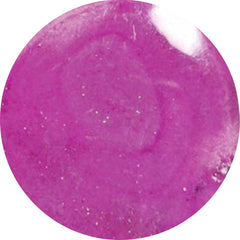 COBALTO CALCITE (67)
COBALTO CALCITE (67)
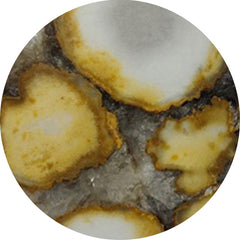 COBRA JASPER (30)
COBRA JASPER (30)
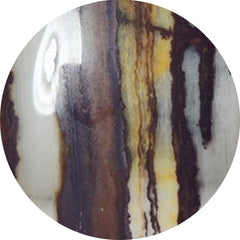 COCONUT JASPER (2)
COCONUT JASPER (2)
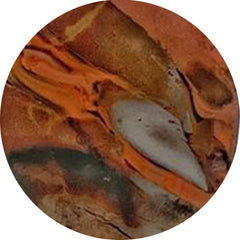 COFFEE BEAN JASPER (2)
COFFEE BEAN JASPER (2)
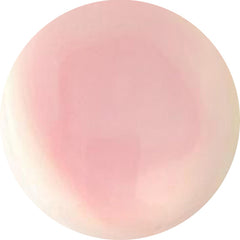 CONCH SHELL (9)
CONCH SHELL (9)
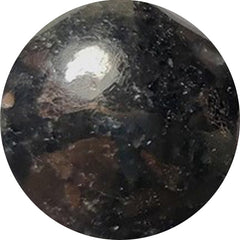 COPPERNITE (0)
COPPERNITE (0)
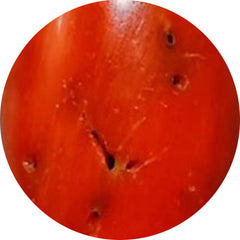 CORAL (349)
CORAL (349)
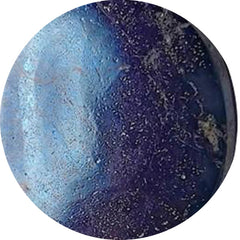 COVELLITE (8)
COVELLITE (8)
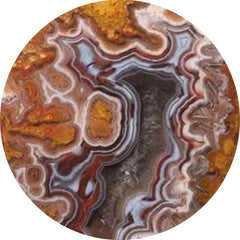 CRAZY LACE AGATE (193)
CRAZY LACE AGATE (193)
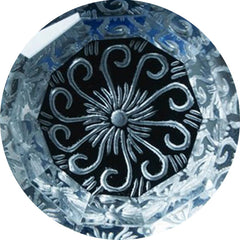 CRYSTAL (223)
CRYSTAL (223)
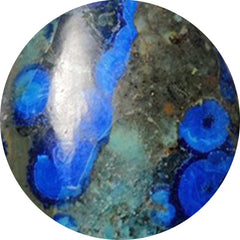 CUPRITE (32)
CUPRITE (32)
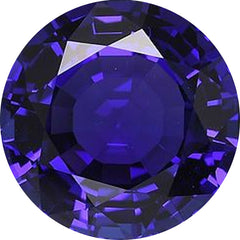 DECEMBER BIRTHSTONE (65)
DECEMBER BIRTHSTONE (65)
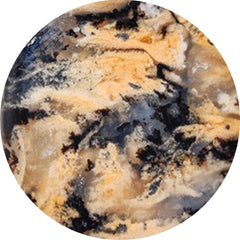 DENDRITIC AGATE (488)
DENDRITIC AGATE (488)
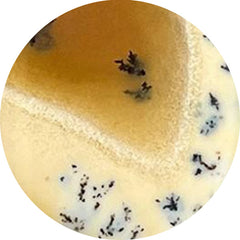 DENDRITIC OPAL (83)
DENDRITIC OPAL (83)
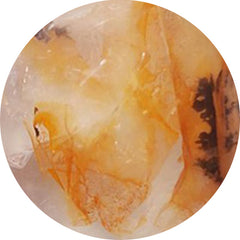 DENDRITIC QUARTZ (2)
DENDRITIC QUARTZ (2)
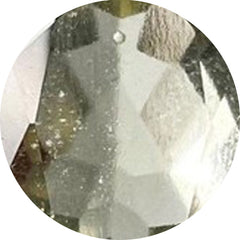 DESERT GLASS (9)
DESERT GLASS (9)
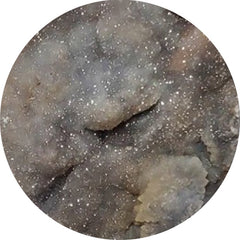 DESERT JASPER DRUZY (14)
DESERT JASPER DRUZY (14)
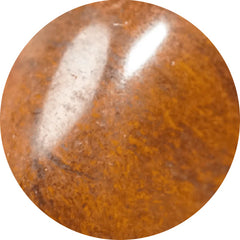 DESERT SUNSET JASPER (9)
DESERT SUNSET JASPER (9)
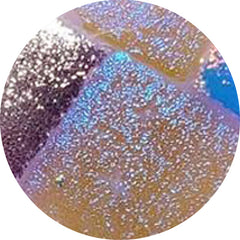 DICHROIC GLASS (144)
DICHROIC GLASS (144)
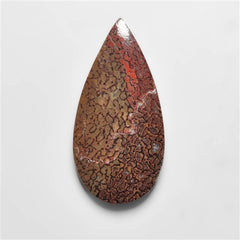 DINOSAUR BONE FOSSIL (15)
DINOSAUR BONE FOSSIL (15)
 DIOPSIDE (57)
DIOPSIDE (57)
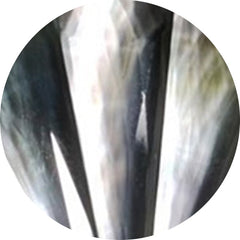 Doublets (846)
Doublets (846)
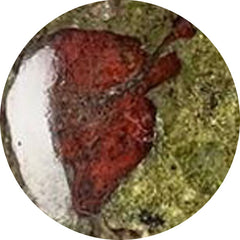 DRAGONBLOOD JASPER (1)
DRAGONBLOOD JASPER (1)
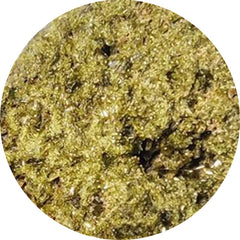 DRUZY (408)
DRUZY (408)
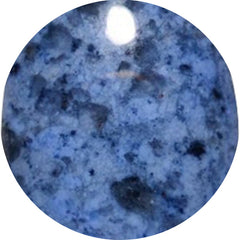 DUMORTIERITE (63)
DUMORTIERITE (63)
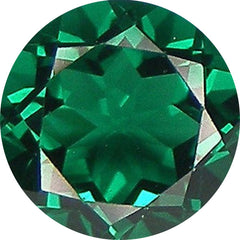 EMERALD (66)
EMERALD (66)
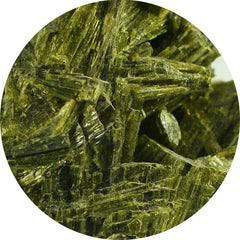 EPIDOTE (10)
EPIDOTE (10)
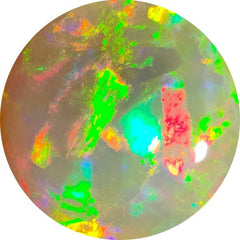 ETHIOPIAN OPAL (43)
ETHIOPIAN OPAL (43)
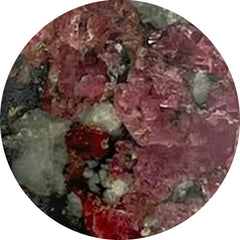 EUDIALYTE (18)
EUDIALYTE (18)
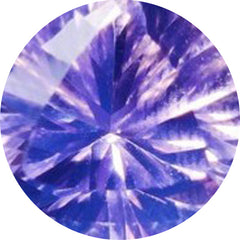 FACETED ROSE CUT (2030)
FACETED ROSE CUT (2030)
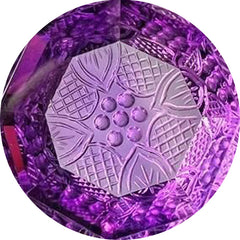 FANTASY CUTS (54)
FANTASY CUTS (54)
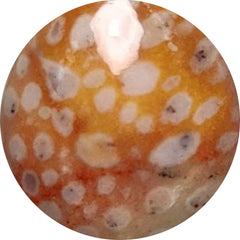 FAWN JASPER (14)
FAWN JASPER (14)
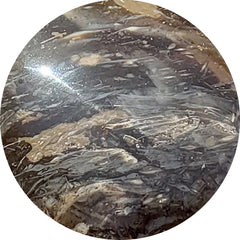 FEATHER AGATE (0)
FEATHER AGATE (0)
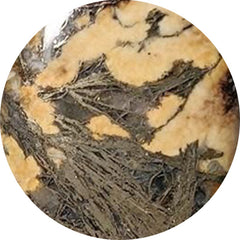 FEATHER PYRITE (38)
FEATHER PYRITE (38)
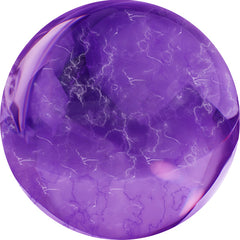 FEBRUARY BIRTHSTONE (558)
FEBRUARY BIRTHSTONE (558)
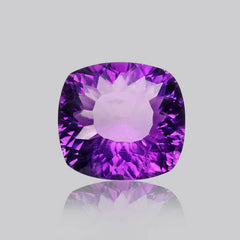 Fine Amethyst (27)
Fine Amethyst (27)
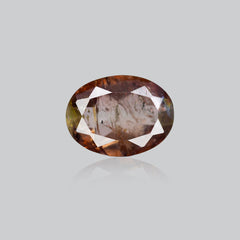 Fine Andalusite (1)
Fine Andalusite (1)
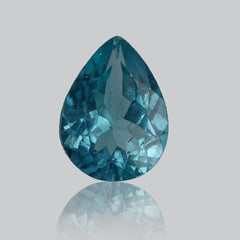 Fine Apatite (7)
Fine Apatite (7)
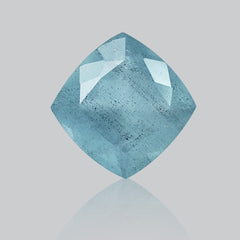 Fine Aquamarine (10)
Fine Aquamarine (10)
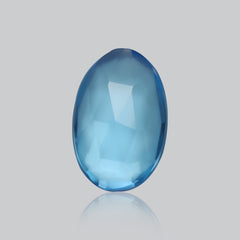 Fine Blue Topaz (42)
Fine Blue Topaz (42)
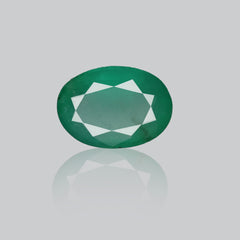 Fine Emerald (13)
Fine Emerald (13)
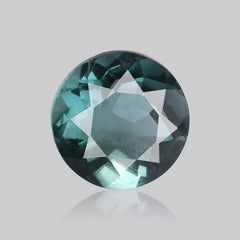 Fine Fluorite (12)
Fine Fluorite (12)
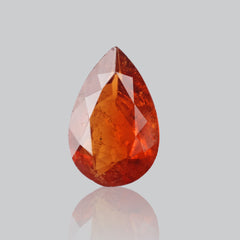 Fine Garnet (27)
Fine Garnet (27)
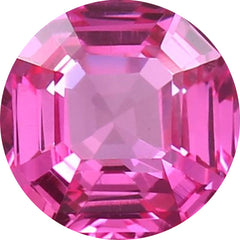 Fine Gemstone (0)
Fine Gemstone (0)
 Fine Iolite (10)
Fine Iolite (10)
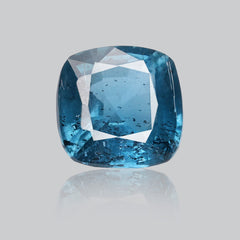 Fine Kyanite (30)
Fine Kyanite (30)
 Fine Moonstone (12)
Fine Moonstone (12)
 Fine Peridot (21)
Fine Peridot (21)
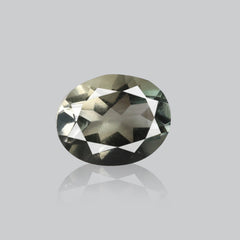 Fine Prasiolite (27)
Fine Prasiolite (27)
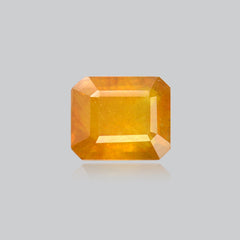 Fine Sapphire (1)
Fine Sapphire (1)
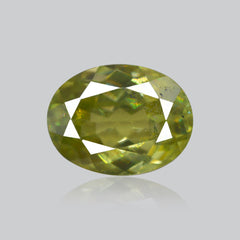 Fine Sphene (17)
Fine Sphene (17)
 Fine Sunstone (5)
Fine Sunstone (5)
 Fine Tanzanite (27)
Fine Tanzanite (27)
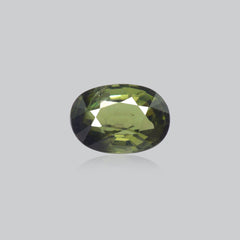 Fine Tourmaline (4)
Fine Tourmaline (4)
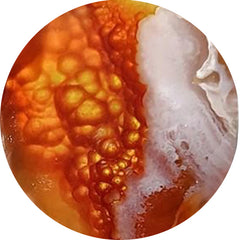 FIRE AGATE (7)
FIRE AGATE (7)
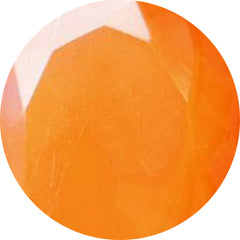 FIRE OPALS (8)
FIRE OPALS (8)
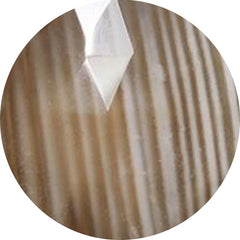 FLINT STONE (10)
FLINT STONE (10)
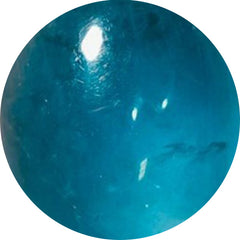 FLUORITE (186)
FLUORITE (186)
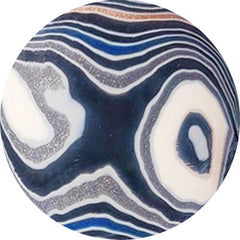 FORDITE (58)
FORDITE (58)
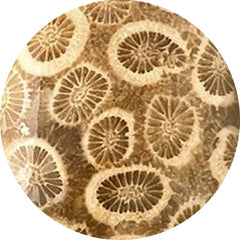 FOSSIL CORAL (301)
FOSSIL CORAL (301)
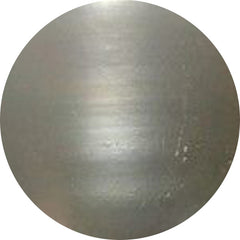 FOSSIL MARSTON MARBLE (24)
FOSSIL MARSTON MARBLE (24)
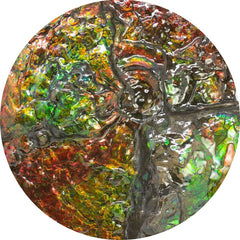 Fossils (538)
Fossils (538)
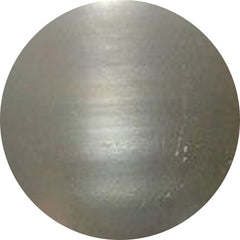 FRESHWATER PEARL (23)
FRESHWATER PEARL (23)
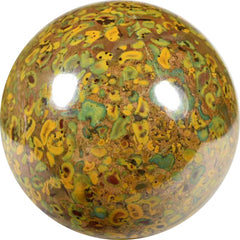 FRUIT JASPER (14)
FRUIT JASPER (14)
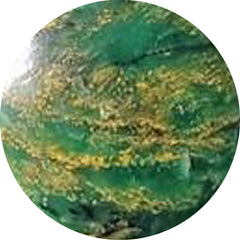 FUCHSITE (7)
FUCHSITE (7)
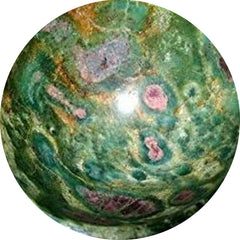 FUSCHITE (11)
FUSCHITE (11)
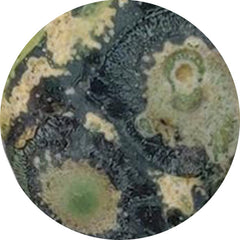 GALAXY JASPER (3)
GALAXY JASPER (3)
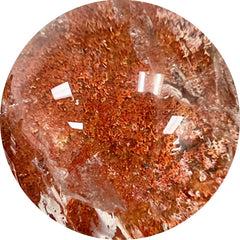 GARDEN QUARTZ (6)
GARDEN QUARTZ (6)
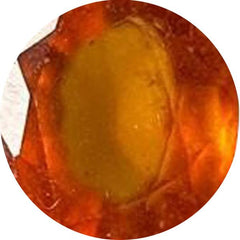 GARNET (121)
GARNET (121)
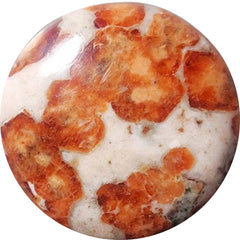 GARNET IN LIMESTONE (36)
GARNET IN LIMESTONE (36)
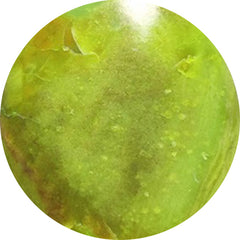 GASPEITE (22)
GASPEITE (22)
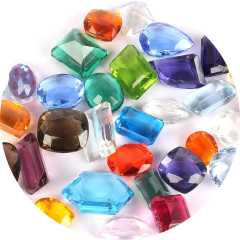 GEMSTONE LOTS (461)
GEMSTONE LOTS (461)
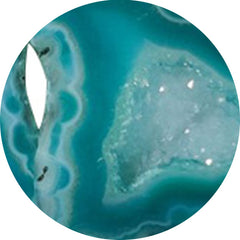 GEODE (17)
GEODE (17)
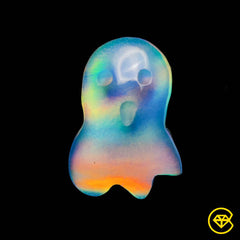 Ghost carving (66)
Ghost carving (66)
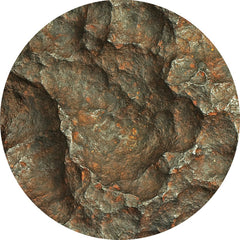 GIBEON METEORITE (29)
GIBEON METEORITE (29)
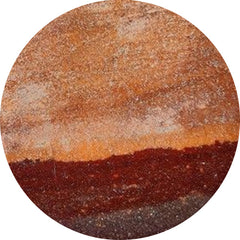 GILA MONSTER AGATE (16)
GILA MONSTER AGATE (16)
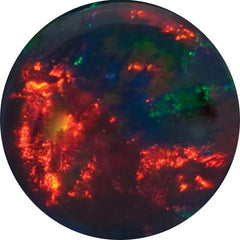 GILSON OPAL (23)
GILSON OPAL (23)
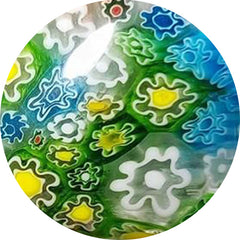 GLASS (163)
GLASS (163)
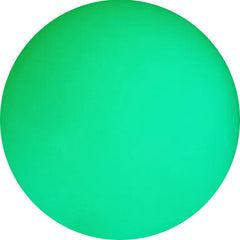 GLOW STONE (15)
GLOW STONE (15)
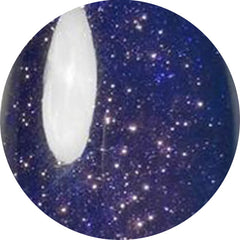 GOLDSTONE (36)
GOLDSTONE (36)
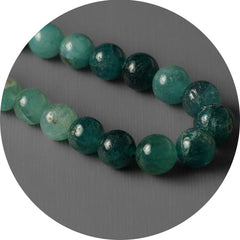 GRANDIDIERITE (8)
GRANDIDIERITE (8)
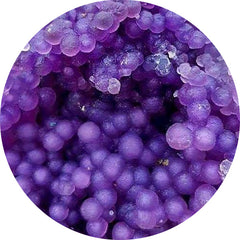 GRAPE AGATE (114)
GRAPE AGATE (114)
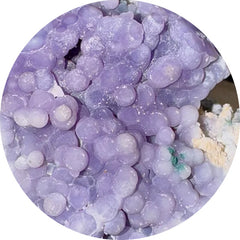 GRAPE CHALCEDONY (4)
GRAPE CHALCEDONY (4)
 Green Gemstones (421)
Green Gemstones (421)
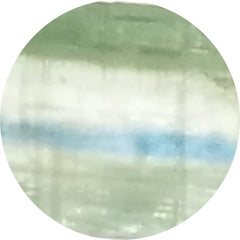 GREEN KYANITE (12)
GREEN KYANITE (12)
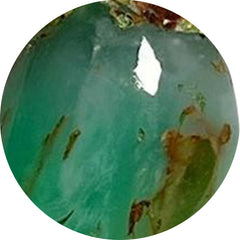 GREEN PRASE OPAL (12)
GREEN PRASE OPAL (12)
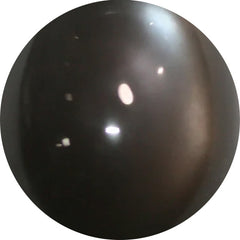 GREY MOONSTONE (31)
GREY MOONSTONE (31)
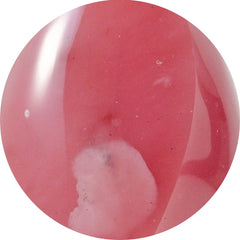 GUAVA QUARTZ (9)
GUAVA QUARTZ (9)
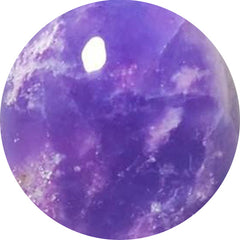 HACKMANITE (12)
HACKMANITE (12)
 HEART CARVING (345)
HEART CARVING (345)
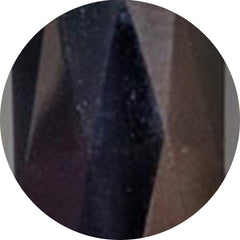 HEMATITE (37)
HEMATITE (37)
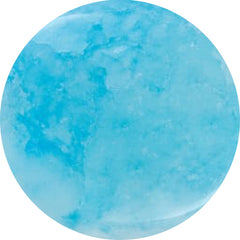 HEMIMORPHITE (55)
HEMIMORPHITE (55)
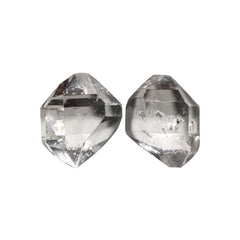 Herkimer Diamond (42)
Herkimer Diamond (42)
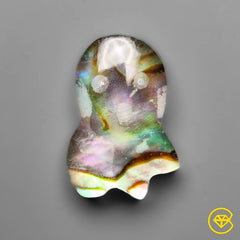 Himalayan Quartz (463)
Himalayan Quartz (463)
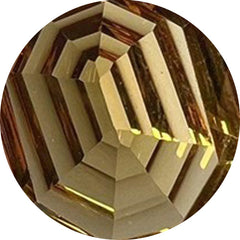 HONEY QUARTZ (20)
HONEY QUARTZ (20)
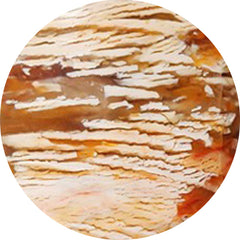 HOWARDITE OPAL (29)
HOWARDITE OPAL (29)
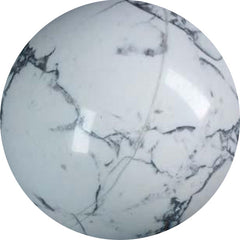 HOWLITE (4)
HOWLITE (4)
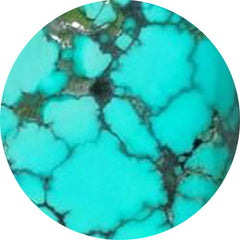 HUBEI TURQUOISE (64)
HUBEI TURQUOISE (64)
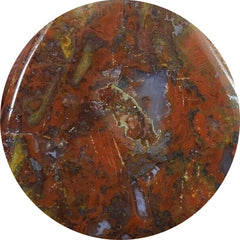 HUNGARIAN AGATE (1)
HUNGARIAN AGATE (1)
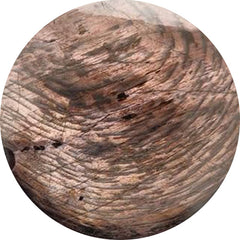 HYPERSTHENE (46)
HYPERSTHENE (46)
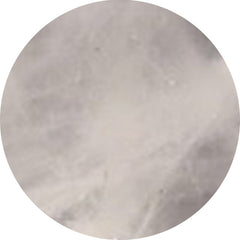 ICE QUARTZ (0)
ICE QUARTZ (0)
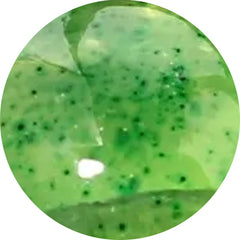 IDOCRASE (1)
IDOCRASE (1)
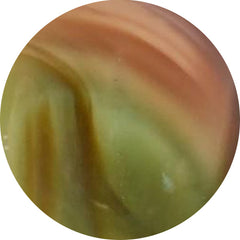 IMPERIAL JASPER (82)
IMPERIAL JASPER (82)
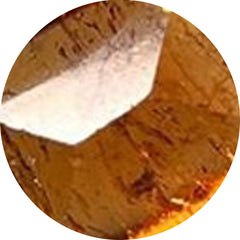 IMPERIAL TOPAZ (0)
IMPERIAL TOPAZ (0)
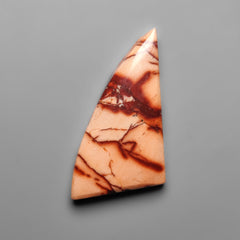 INDIAN PAINT STONE (5)
INDIAN PAINT STONE (5)
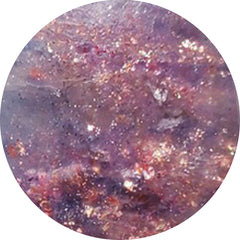 IOLITE (142)
IOLITE (142)
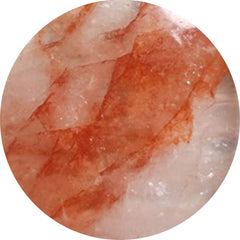 IRON QUARTZ (52)
IRON QUARTZ (52)
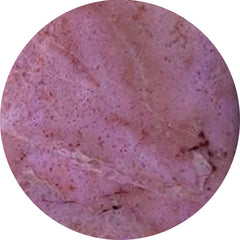 JADE (37)
JADE (37)
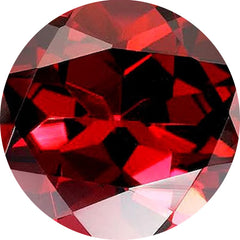 JANUARY BIRTHSTONE (121)
JANUARY BIRTHSTONE (121)
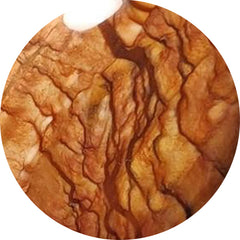 JASPERS (42)
JASPERS (42)
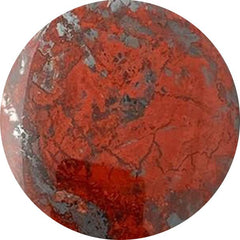 JASPILLITE (5)
JASPILLITE (5)
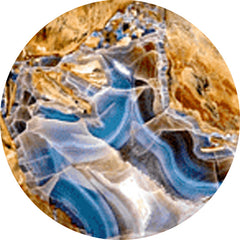 JAVA CHALCEDONY (16)
JAVA CHALCEDONY (16)
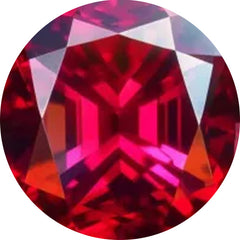 JULY BIRTHSTONE (187)
JULY BIRTHSTONE (187)
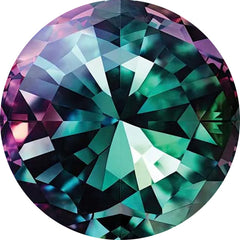 June Birthstones: Moonstone, Pearl, and Alexandrite (639)
June Birthstones: Moonstone, Pearl, and Alexandrite (639)
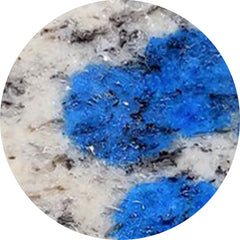 K2 JASPER (9)
K2 JASPER (9)
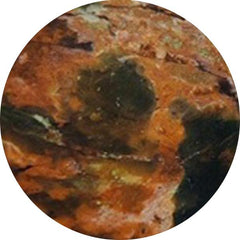 KALEIDOSCOPE AGATE (0)
KALEIDOSCOPE AGATE (0)
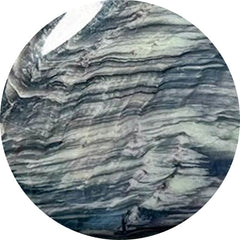 KAMMERERITE (108)
KAMMERERITE (108)
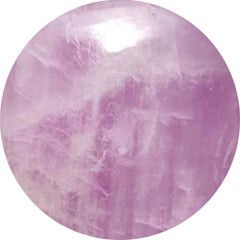 KUNZITE (7)
KUNZITE (7)
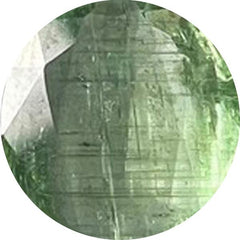 KYANITE (100)
KYANITE (100)
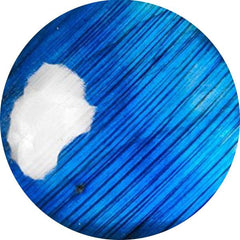 LABRADORITE (275)
LABRADORITE (275)
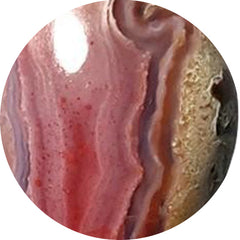 LAGUNA LACE AGATE (61)
LAGUNA LACE AGATE (61)
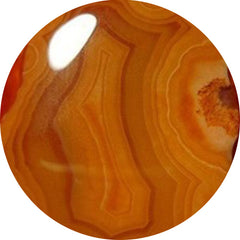 LAKE SUPERIOR AGATE (27)
LAKE SUPERIOR AGATE (27)
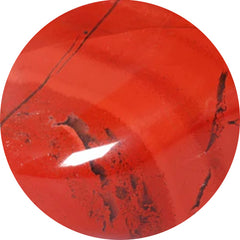 LANDSCAPE JASPER (0)
LANDSCAPE JASPER (0)
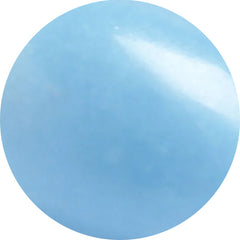 LANGITE (0)
LANGITE (0)
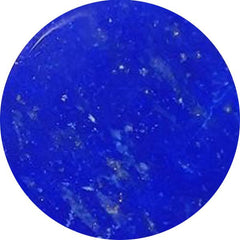 LAPIS LAZULI (180)
LAPIS LAZULI (180)
 LARIMAR (103)
LARIMAR (103)
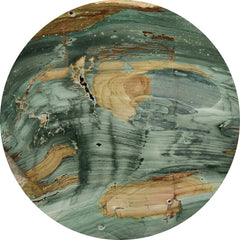 LARSONITE (19)
LARSONITE (19)
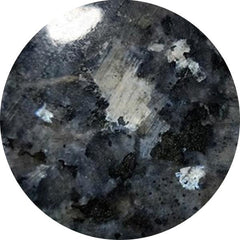 LARVIKITE FELDSPAR (46)
LARVIKITE FELDSPAR (46)
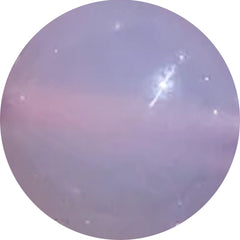 LAVENDER CHALCEDONY (29)
LAVENDER CHALCEDONY (29)
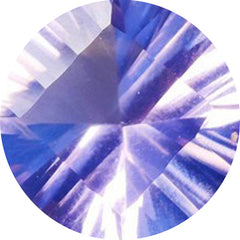 LAVENDER QUARTZ (5)
LAVENDER QUARTZ (5)
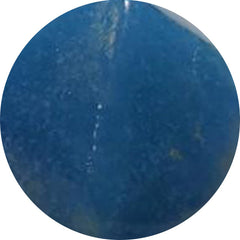 LAZULITE (8)
LAZULITE (8)
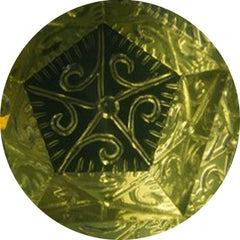 LEMON QUARTZ (45)
LEMON QUARTZ (45)
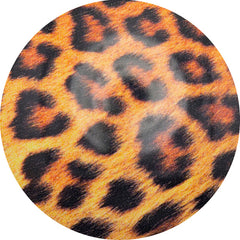 LEOPARD SKIN SHELL (0)
LEOPARD SKIN SHELL (0)
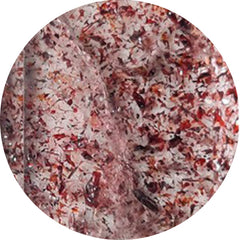 LEPIDOCROCITE (8)
LEPIDOCROCITE (8)
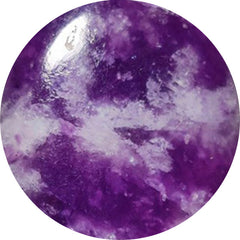 LEPIDOLITE (84)
LEPIDOLITE (84)
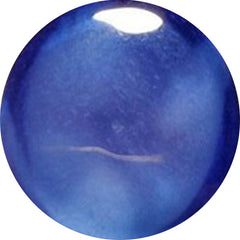 LINDY STAR SAPPHIRE (0)
LINDY STAR SAPPHIRE (0)
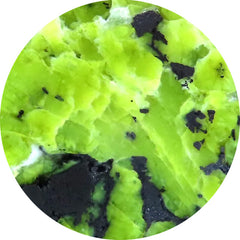 LIZARDITE (59)
LIZARDITE (59)
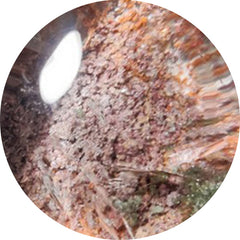 LODOLITE (95)
LODOLITE (95)
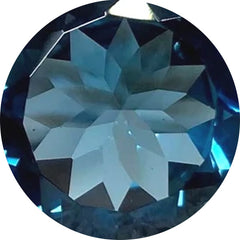 LONDON BLUE TOPAZ (22)
LONDON BLUE TOPAZ (22)
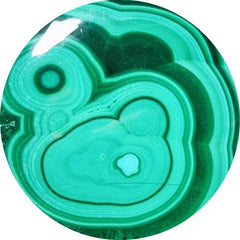 MALACHITE (613)
MALACHITE (613)
 Malawi Moonstone (15)
Malawi Moonstone (15)
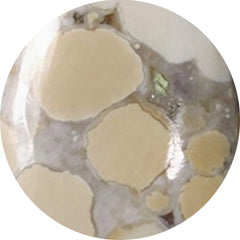 MALIGANO JASPER (73)
MALIGANO JASPER (73)
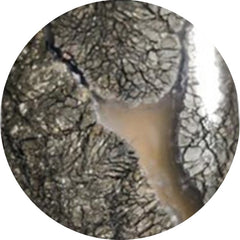 MARCASITE (28)
MARCASITE (28)
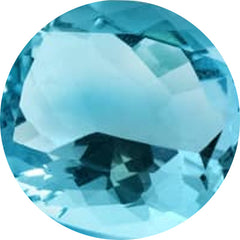 MARCH BIRTHSTONE (103)
MARCH BIRTHSTONE (103)
 Marquise Shape Gemstones (8)
Marquise Shape Gemstones (8)
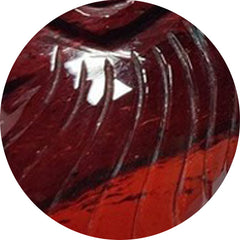 MARY ELLEN JASPER (0)
MARY ELLEN JASPER (0)
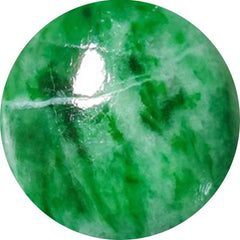 MAW SIT SIT (19)
MAW SIT SIT (19)
 MAY BIRTHSTONE (66)
MAY BIRTHSTONE (66)
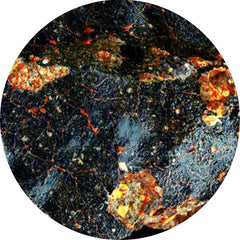 METEORITE (29)
METEORITE (29)
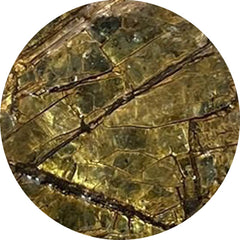 MICA (45)
MICA (45)
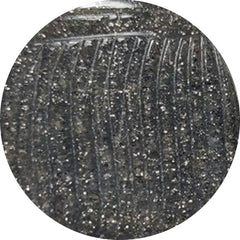 MIDNIGHT QUARTZITE (21)
MIDNIGHT QUARTZITE (21)
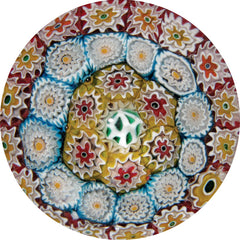 MILLEFIORI GLASS (2)
MILLEFIORI GLASS (2)
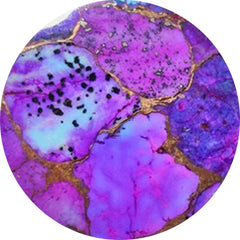 MOHAVE TURQUOISE (83)
MOHAVE TURQUOISE (83)
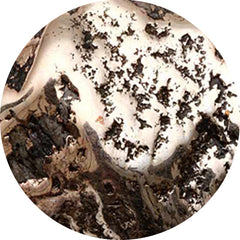 MOHAWKITES (0)
MOHAWKITES (0)
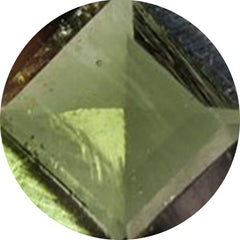 MOLDAVITE (27)
MOLDAVITE (27)
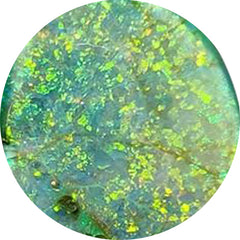 MONARCH OPAL (10)
MONARCH OPAL (10)
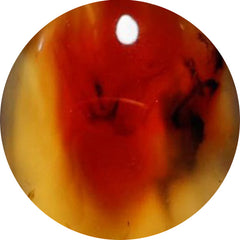 MONTANA AGATE (98)
MONTANA AGATE (98)
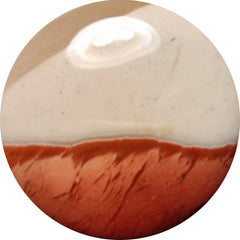 MOOKAITE (39)
MOOKAITE (39)
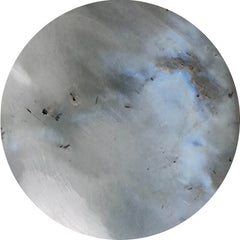 MOONSTONE (285)
MOONSTONE (285)
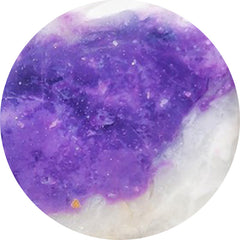 MORADO OPAL (1)
MORADO OPAL (1)
 Morenci Turquoise (0)
Morenci Turquoise (0)
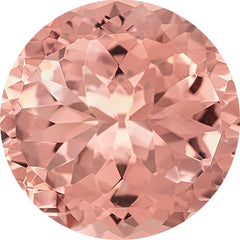 MORGANITE (0)
MORGANITE (0)
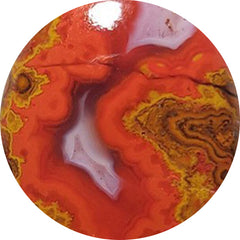 MOROCCAN SEAM AGATE (109)
MOROCCAN SEAM AGATE (109)
 MOSS AGATE (415)
MOSS AGATE (415)
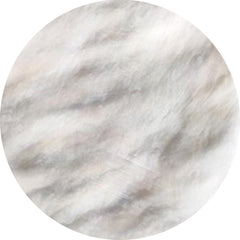 MOTHER OF PEARL (505)
MOTHER OF PEARL (505)
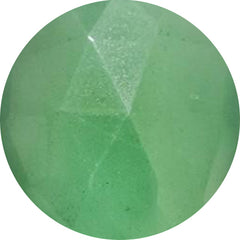 MTOROLITE (46)
MTOROLITE (46)
 Mughal Carving (526)
Mughal Carving (526)
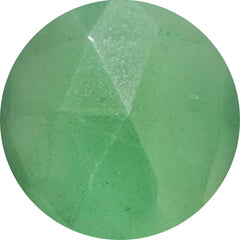 MUSCOVITE (21)
MUSCOVITE (21)
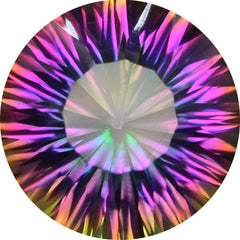 MYSTIC QUARTZ (1)
MYSTIC QUARTZ (1)
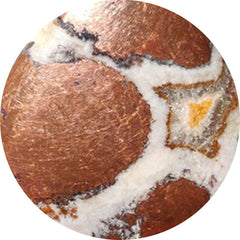 NATIVE COPPER (35)
NATIVE COPPER (35)
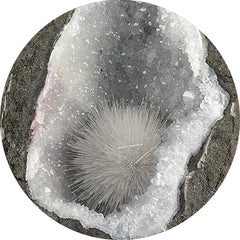 NATROLITE (27)
NATROLITE (27)
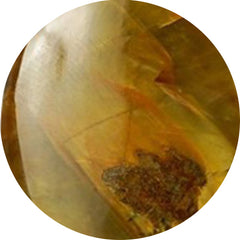 NELLITE (8)
NELLITE (8)
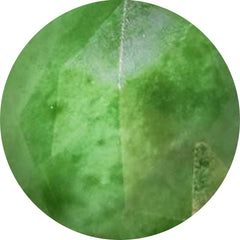 NEPHRITE JADE (4)
NEPHRITE JADE (4)
 New Arrivals (435)
New Arrivals (435)
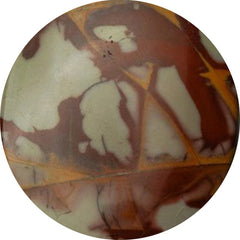 NOREENA JASPER (33)
NOREENA JASPER (33)
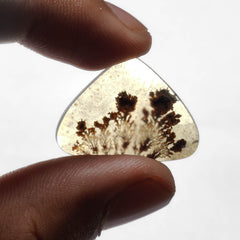 NOVEMBER BIRTHSTONE (93)
NOVEMBER BIRTHSTONE (93)
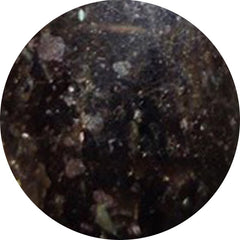 NUUMMITE (0)
NUUMMITE (0)
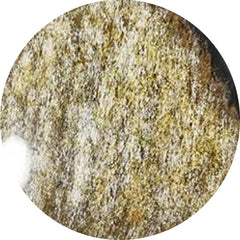 OBSIDIAN (371)
OBSIDIAN (371)
 OCEAN JASPER (289)
OCEAN JASPER (289)
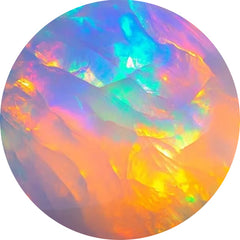 OCTOBER BIRTHSTONE (174)
OCTOBER BIRTHSTONE (174)
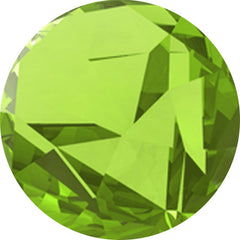 OLIVE QUARTZ (6)
OLIVE QUARTZ (6)
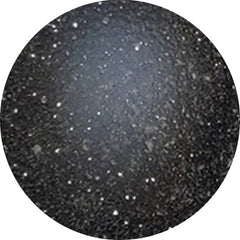 ONYX (294)
ONYX (294)
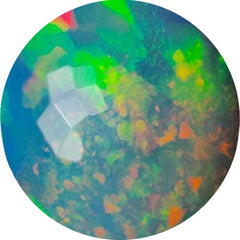 Opal (1042)
Opal (1042)
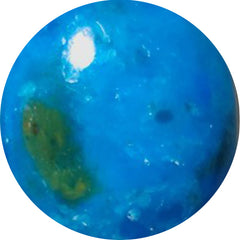 OPALINA (11)
OPALINA (11)
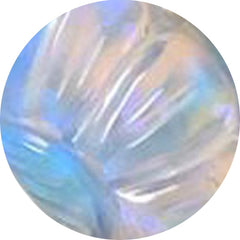 OPALITE (27)
OPALITE (27)
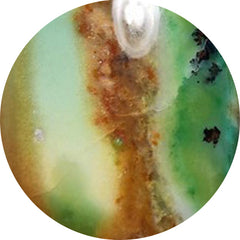 OPALWOOD (5)
OPALWOOD (5)
 Orange Gemstones (326)
Orange Gemstones (326)
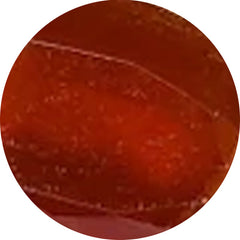 ORANGE KYANITE (3)
ORANGE KYANITE (3)
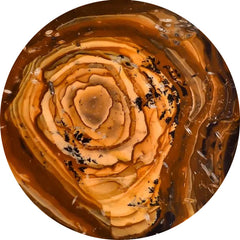 OREGON JASPER (7)
OREGON JASPER (7)
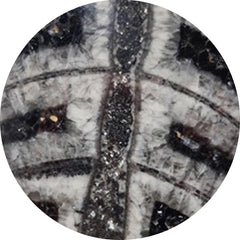 ORTHOCERAS FOSSIL (42)
ORTHOCERAS FOSSIL (42)
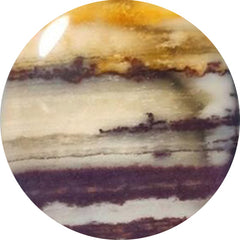 OUTBACK JASPER (5)
OUTBACK JASPER (5)
 Oval Shape Gemstones (10)
Oval Shape Gemstones (10)
 OVER $50 (193)
OVER $50 (193)
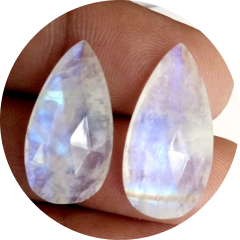 Pairs (1093)
Pairs (1093)
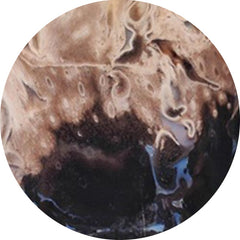 PALMROOT AGATE (62)
PALMROOT AGATE (62)
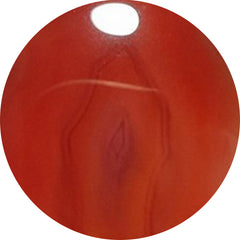 PASSION AGATE (1)
PASSION AGATE (1)
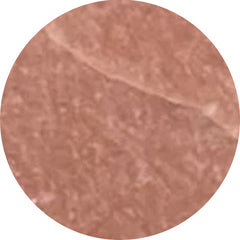 PEACH MOONSTONE (50)
PEACH MOONSTONE (50)
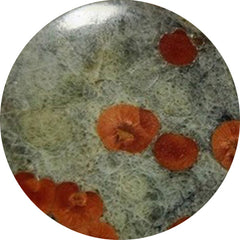 PEANUT OBSIDIAN (45)
PEANUT OBSIDIAN (45)
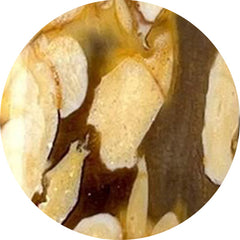 PEANUT WOOD JASPER (91)
PEANUT WOOD JASPER (91)
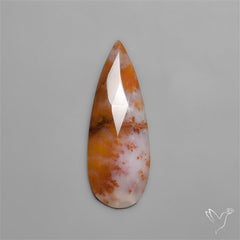 Pear Shape Gemstones (12)
Pear Shape Gemstones (12)
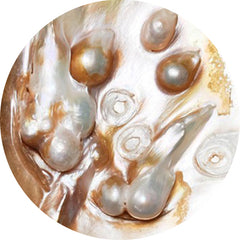 PEARL (639)
PEARL (639)
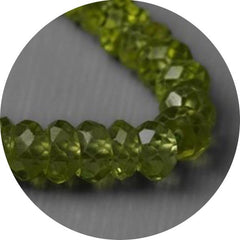 PERIDOT (24)
PERIDOT (24)
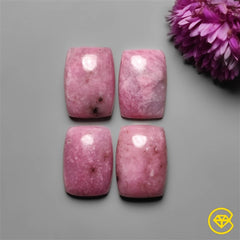 PETALITE (23)
PETALITE (23)
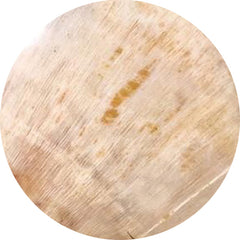 PETRIFIED WOOD (49)
PETRIFIED WOOD (49)
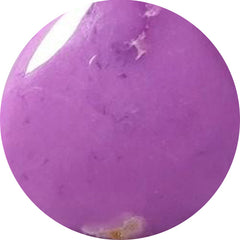 PHOSPHOSIDERITE (96)
PHOSPHOSIDERITE (96)
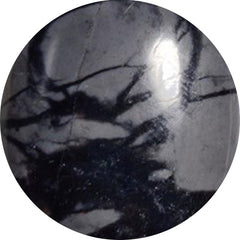 PICASSO JASPER (76)
PICASSO JASPER (76)
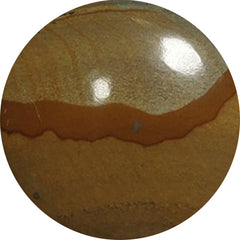 PICTURE JASPER (76)
PICTURE JASPER (76)
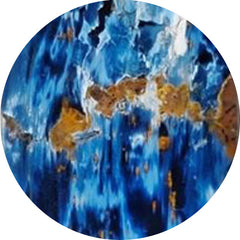 PIETERSITE (65)
PIETERSITE (65)
 Pink Gemstones (421)
Pink Gemstones (421)
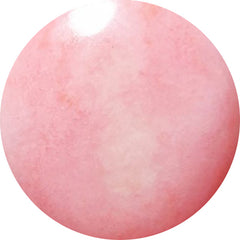 PINK OPAL (156)
PINK OPAL (156)
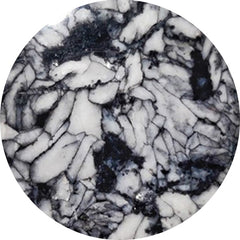 PINOLITH (38)
PINOLITH (38)
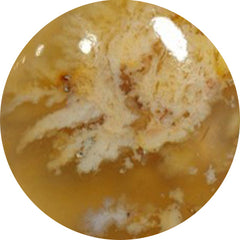 PLUME AGATE (98)
PLUME AGATE (98)
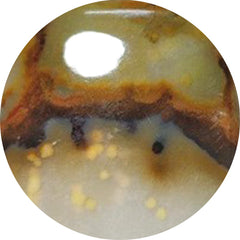 POLKA DOT AGATE (41)
POLKA DOT AGATE (41)
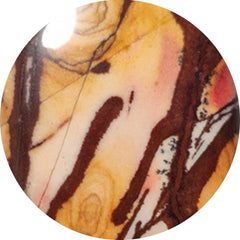 POLYCHROME JASPER (48)
POLYCHROME JASPER (48)
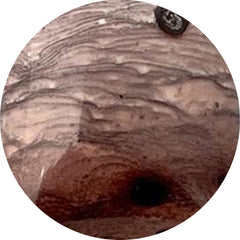 PORCELAIN JASPER (33)
PORCELAIN JASPER (33)
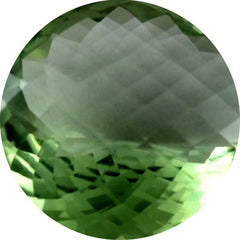 PRASIOLITE (48)
PRASIOLITE (48)
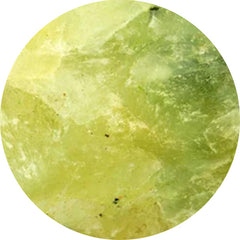 PREHNITE (24)
PREHNITE (24)
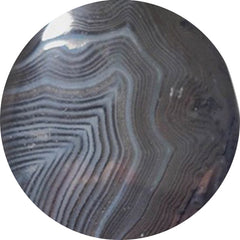 PSILOMELANE (24)
PSILOMELANE (24)
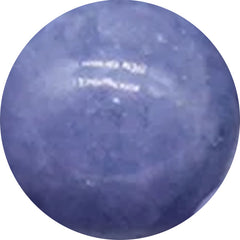 PURPLE CHALCEDONY (45)
PURPLE CHALCEDONY (45)
 Purple Gemstones (935)
Purple Gemstones (935)
 PURPURITE (9)
PURPURITE (9)
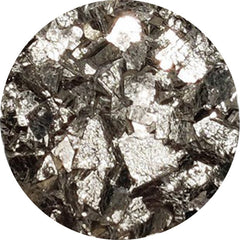 PYRITE (136)
PYRITE (136)
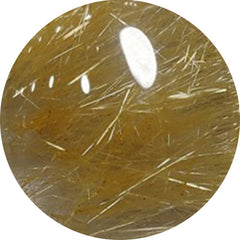 QUARTZ (125)
QUARTZ (125)
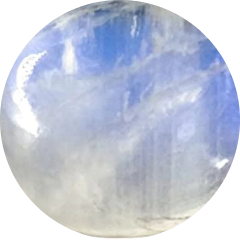 Rain Moonstones (0)
Rain Moonstones (0)
 RAINBOW CALCILICA (13)
RAINBOW CALCILICA (13)
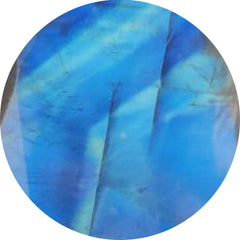 RAINBOW MOONSTONE (76)
RAINBOW MOONSTONE (76)
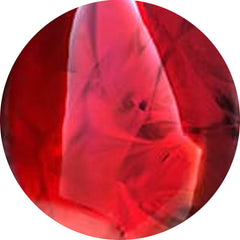 RED FOSSIL (0)
RED FOSSIL (0)
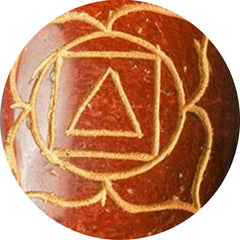 RED JASPER (3)
RED JASPER (3)
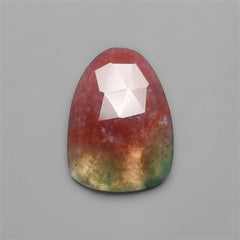 Red Moss Agate (87)
Red Moss Agate (87)
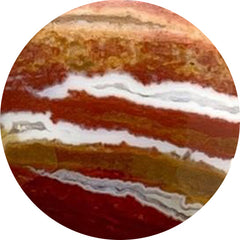 RED RIVER JASPER (16)
RED RIVER JASPER (16)
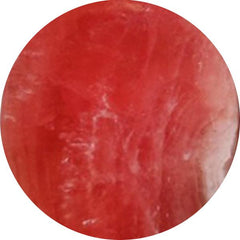 RHODOCHROSITE (361)
RHODOCHROSITE (361)
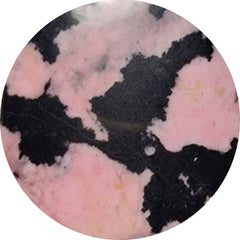 RHODONITE (83)
RHODONITE (83)
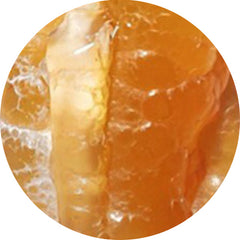 ROCK CHALCEDONY (2)
ROCK CHALCEDONY (2)
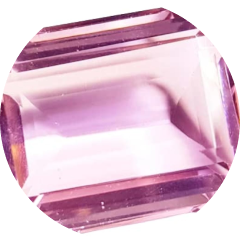 Rose Cut Gemstones (778)
Rose Cut Gemstones (778)
 ROSE QUARTZ (58)
ROSE QUARTZ (58)
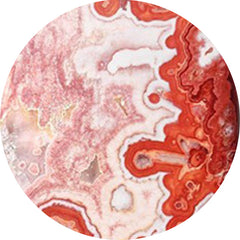 ROSITA JASPER (12)
ROSITA JASPER (12)
 Round Shape Gemstones (10)
Round Shape Gemstones (10)
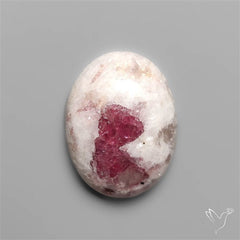 Rubellite (16)
Rubellite (16)
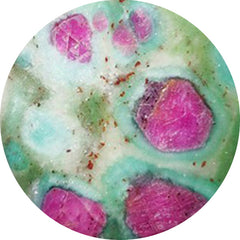 RUBY IN FUCHSITE (6)
RUBY IN FUCHSITE (6)
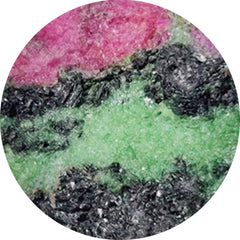 RUBY IN ZOISITE (96)
RUBY IN ZOISITE (96)
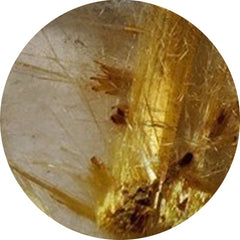 RUTILATED QUARTZ (258)
RUTILATED QUARTZ (258)
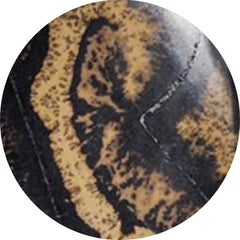 SAGE BRUSH JASPER (0)
SAGE BRUSH JASPER (0)
 SAND DOLLAR FOSSIL (4)
SAND DOLLAR FOSSIL (4)
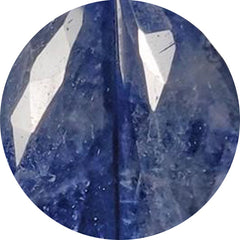 SAPPHIRE (43)
SAPPHIRE (43)
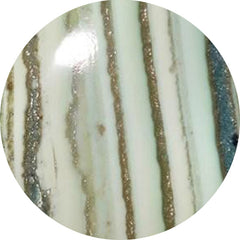 SATURN CHALCEDONY (61)
SATURN CHALCEDONY (61)
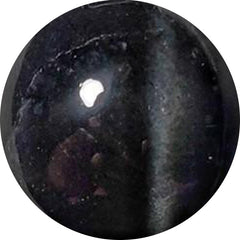 SCAPOLITE (13)
SCAPOLITE (13)
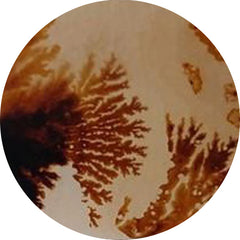 SCENIC AGATE (120)
SCENIC AGATE (120)
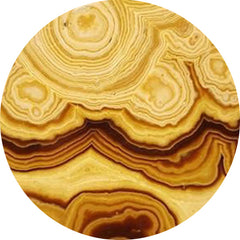 SCHALENBLENDE (102)
SCHALENBLENDE (102)
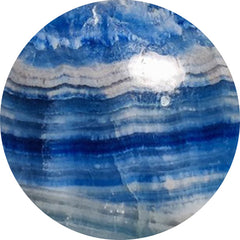 SCHEELITE (37)
SCHEELITE (37)
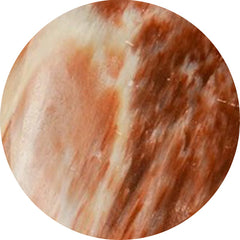 SCOLECITE (51)
SCOLECITE (51)
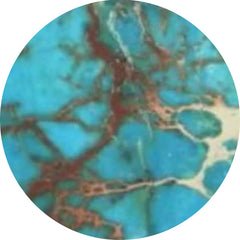 SEA SEDIMENT JASPER (1)
SEA SEDIMENT JASPER (1)
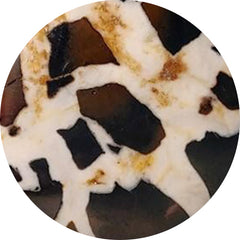 SEPTARIAN (96)
SEPTARIAN (96)
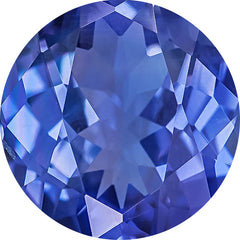 SEPTEMBER BIRTHSTONE (182)
SEPTEMBER BIRTHSTONE (182)
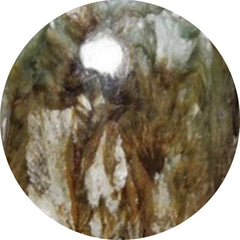 SERAPHINITE (75)
SERAPHINITE (75)
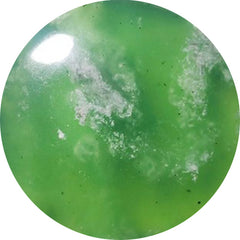 SERPENTINE (182)
SERPENTINE (182)
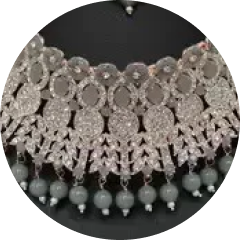 SETS (0)
SETS (0)
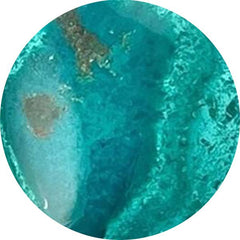 SHATTUCKITE (289)
SHATTUCKITE (289)
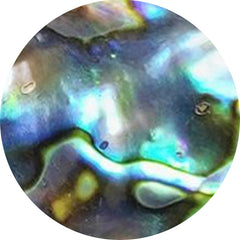 SHELL (281)
SHELL (281)
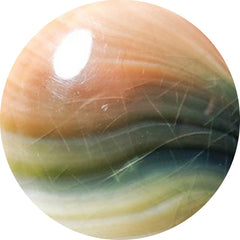 SHIVA EYE SHELL (48)
SHIVA EYE SHELL (48)
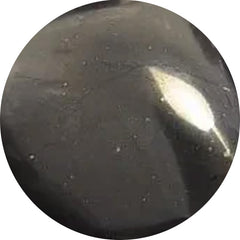 SHUNGITE (5)
SHUNGITE (5)
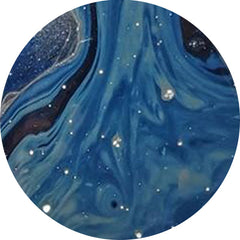 SIEBER AGATE (0)
SIEBER AGATE (0)
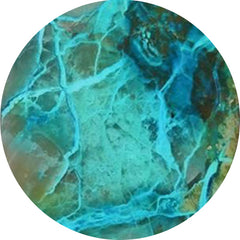 SILICA (4)
SILICA (4)
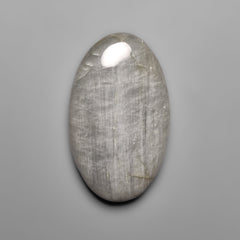 Silver Leaf Jasper (9)
Silver Leaf Jasper (9)
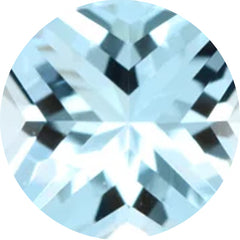 SKY BLUE TOPAZ (6)
SKY BLUE TOPAZ (6)
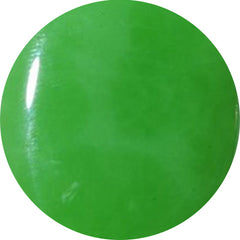 SMITHSONITE (33)
SMITHSONITE (33)
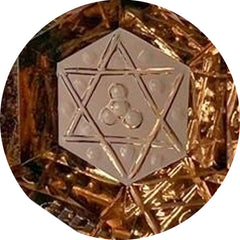 SMOKY QUARTZ (26)
SMOKY QUARTZ (26)
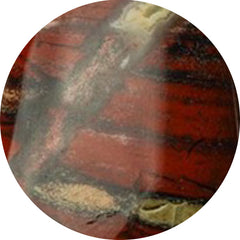 SNAKESKIN JASPER (54)
SNAKESKIN JASPER (54)
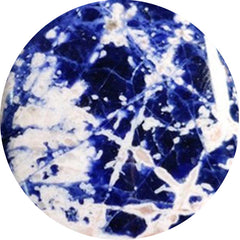 SODALITE (82)
SODALITE (82)
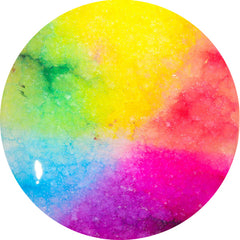 SOLAR AGATE (0)
SOLAR AGATE (0)
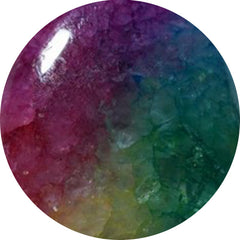 SOLAR QUARTZ (53)
SOLAR QUARTZ (53)
 SPECTROLITE (69)
SPECTROLITE (69)
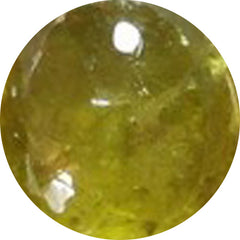 SPHENCE (25)
SPHENCE (25)
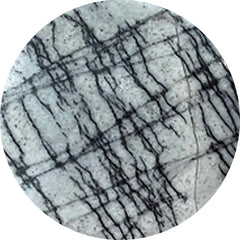 SPIDERWEB JASPER (4)
SPIDERWEB JASPER (4)
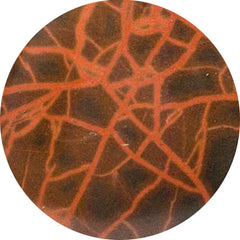 SPIDERWOMAN JASPER (0)
SPIDERWOMAN JASPER (0)
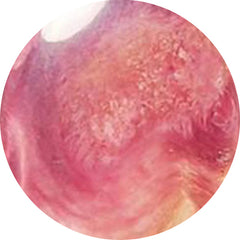 SPINY OYSTER SHELL (59)
SPINY OYSTER SHELL (59)
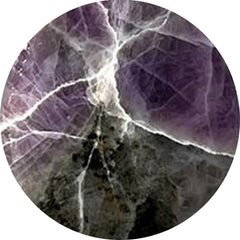 SPURRITE (7)
SPURRITE (7)
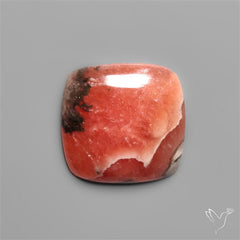 Square Shape Gemstones (11)
Square Shape Gemstones (11)
 STARBURST (1)
STARBURST (1)
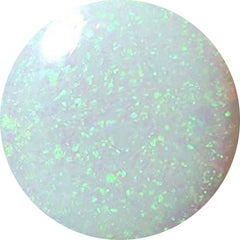 STERLING OPAL (1)
STERLING OPAL (1)
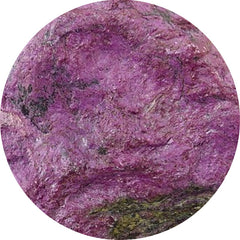 Stichtite (38)
Stichtite (38)
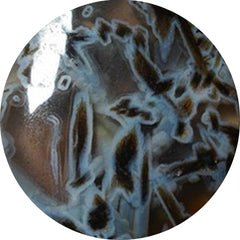 STICK AGATE (8)
STICK AGATE (8)
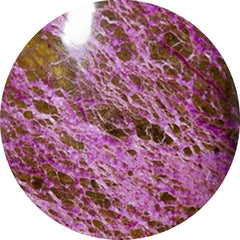 STITCHTITE (125)
STITCHTITE (125)
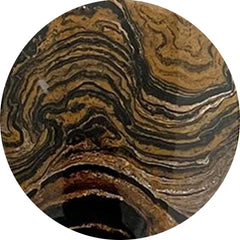 STRAMATOLITE (0)
STRAMATOLITE (0)
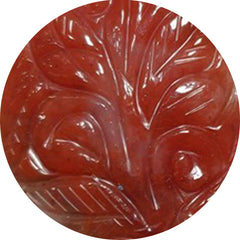 STRAWBERRY QUARTZ (13)
STRAWBERRY QUARTZ (13)
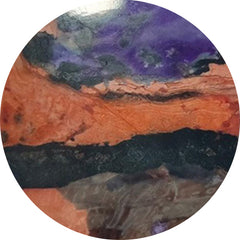 SUGILITE (1)
SUGILITE (1)
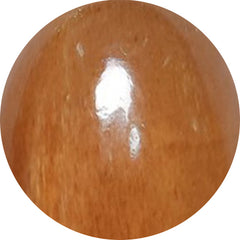 SUNSTONE (205)
SUNSTONE (205)
 SURFITE (1)
SURFITE (1)
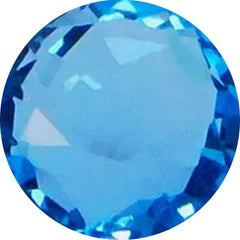 SWISS BLUE TOPAZ (34)
SWISS BLUE TOPAZ (34)
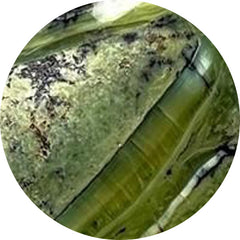 SWISS OPAL (0)
SWISS OPAL (0)
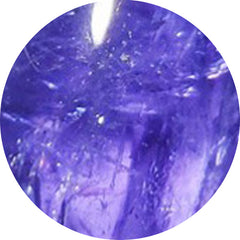 TANZANITE (30)
TANZANITE (30)
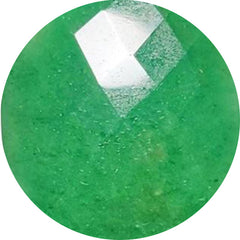 TANZURINE (11)
TANZURINE (11)
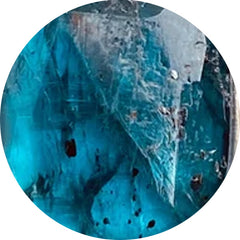 TEAL KYANITE (9)
TEAL KYANITE (9)
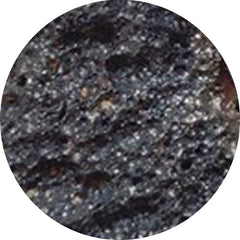 TEKTITE (42)
TEKTITE (42)
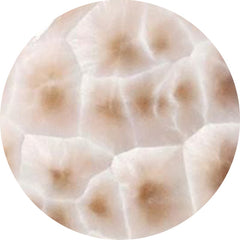 THOMSONITE (36)
THOMSONITE (36)
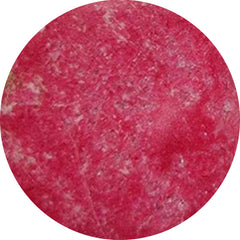 THULITE (89)
THULITE (89)
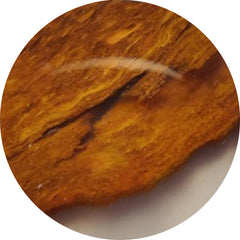 THUNDER EGG AGATE (0)
THUNDER EGG AGATE (0)
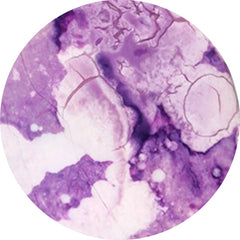 TIFFANY STONE (8)
TIFFANY STONE (8)
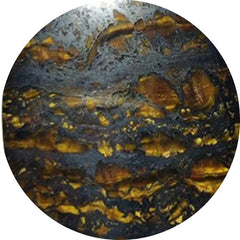 TIGER EYE (69)
TIGER EYE (69)
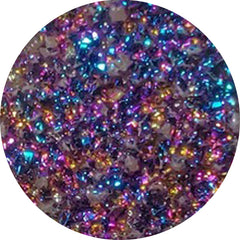 TITANIUM DRUZY (8)
TITANIUM DRUZY (8)
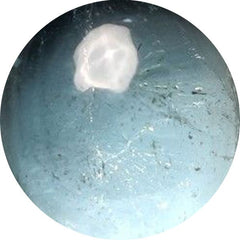 TOPAZ (65)
TOPAZ (65)
 TOURMALINE (185)
TOURMALINE (185)
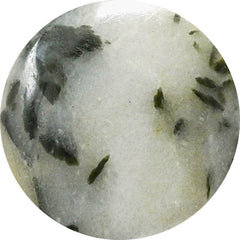 TOURMALINE IN QUARTZ (87)
TOURMALINE IN QUARTZ (87)
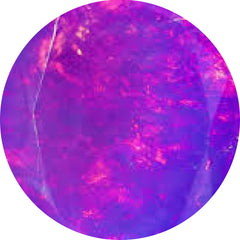 TREATED OPAL (37)
TREATED OPAL (37)
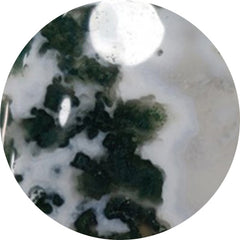 TREE AGATE (31)
TREE AGATE (31)
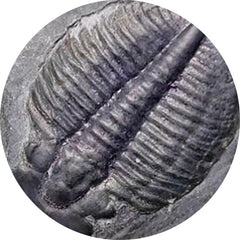 TRILOBITE FOSSIL (14)
TRILOBITE FOSSIL (14)
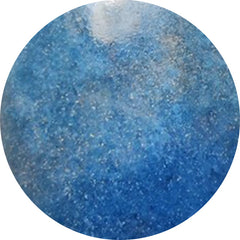 TROLLEITE QUARTZ (30)
TROLLEITE QUARTZ (30)
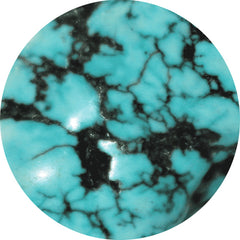 TUMBLES (1)
TUMBLES (1)
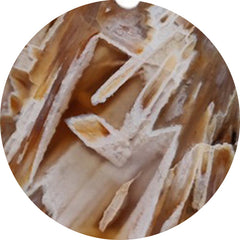 TURKISH TUBE AGATE (64)
TURKISH TUBE AGATE (64)
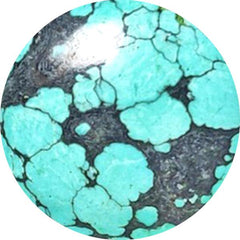 TURQUOISE (283)
TURQUOISE (283)
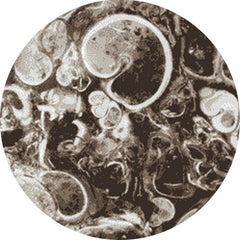 TURRITELLA JASPER (2)
TURRITELLA JASPER (2)
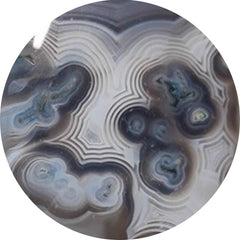 TUXEDO AGATE (75)
TUXEDO AGATE (75)
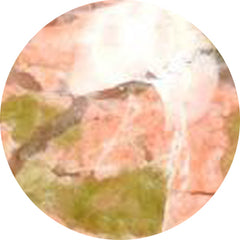 Unakite (5)
Unakite (5)
 UNDER $10 (4325)
UNDER $10 (4325)
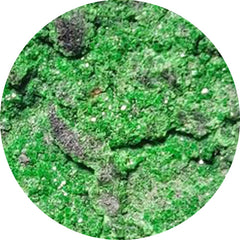 UVAROVITE GARNET (3)
UVAROVITE GARNET (3)
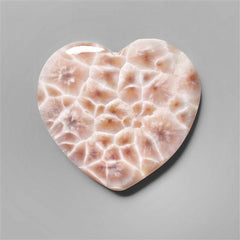 Valentine (740)
Valentine (740)
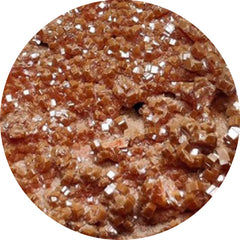 VANADINITE DRUZY (9)
VANADINITE DRUZY (9)
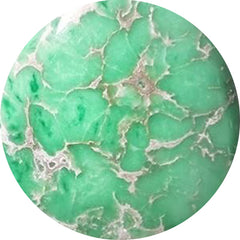 VARISCITE (135)
VARISCITE (135)
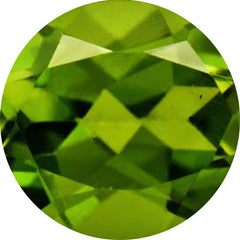 VESUVIANITE (1)
VESUVIANITE (1)
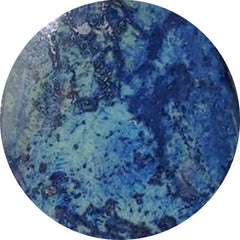 VIVIANITE (0)
VIVIANITE (0)
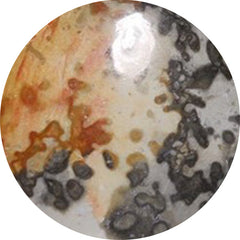 VOLCANIC COTHAM MARBLE (7)
VOLCANIC COTHAM MARBLE (7)
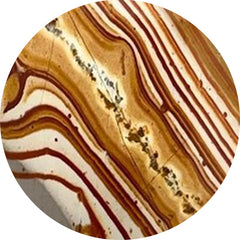 WAGUL JASPER (3)
WAGUL JASPER (3)
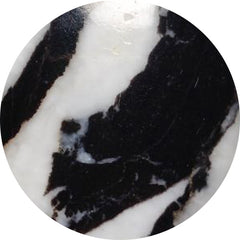 WHITE BUFFALO TURQUOISE (24)
WHITE BUFFALO TURQUOISE (24)
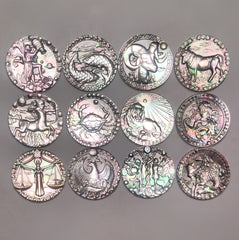 White Gemstones (1083)
White Gemstones (1083)
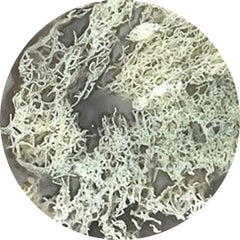 WHITE HORSE CANYON (47)
WHITE HORSE CANYON (47)
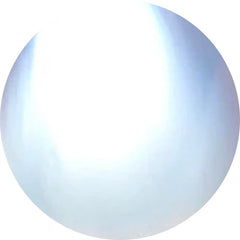 WHITE MOONSTONE (43)
WHITE MOONSTONE (43)
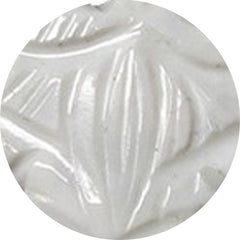 WHITE OPAL (13)
WHITE OPAL (13)
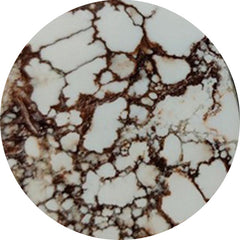 WILD HORSE JASPER (128)
WILD HORSE JASPER (128)
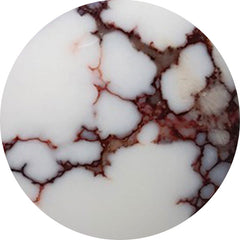 WILD HORSE MAGNESITE (51)
WILD HORSE MAGNESITE (51)
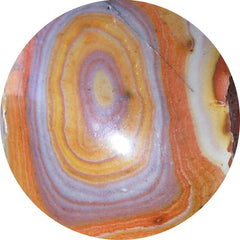 WONDER STONE (1)
WONDER STONE (1)
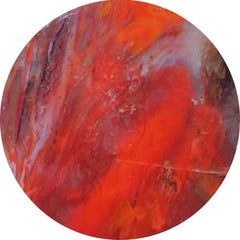 WOOD (208)
WOOD (208)
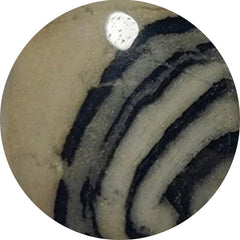 YAVAPAI TRAVERTINE (0)
YAVAPAI TRAVERTINE (0)
 Yellow Gemstones (163)
Yellow Gemstones (163)
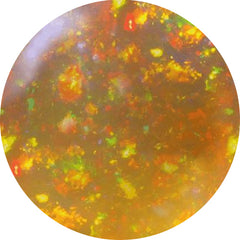 YELLOW OPAL (8)
YELLOW OPAL (8)
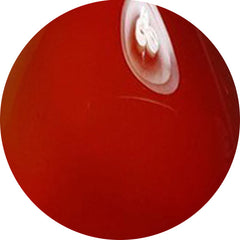 YEMENI AQEEQ (0)
YEMENI AQEEQ (0)
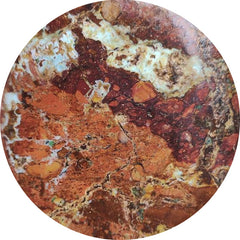 ZARINITE (0)
ZARINITE (0)
 ZEBRA JASPER (1)
ZEBRA JASPER (1)
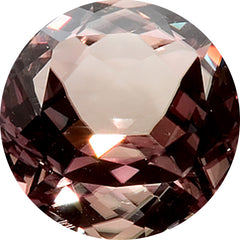 ZULTANITE (5)
ZULTANITE (5)
















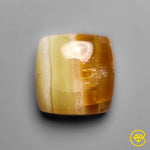
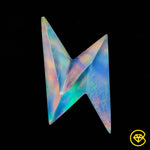
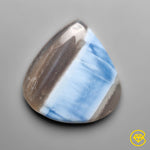
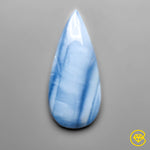
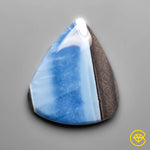
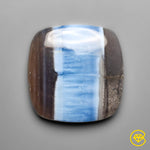




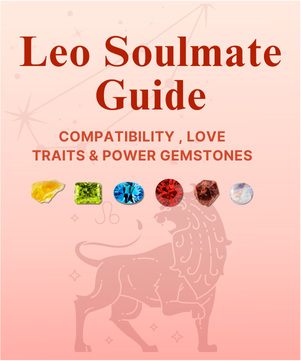

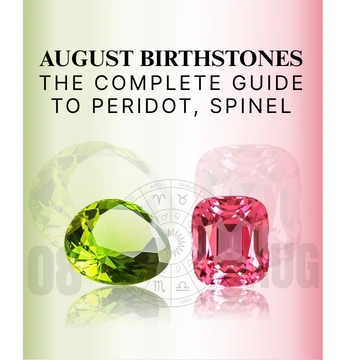





Leave a Comment